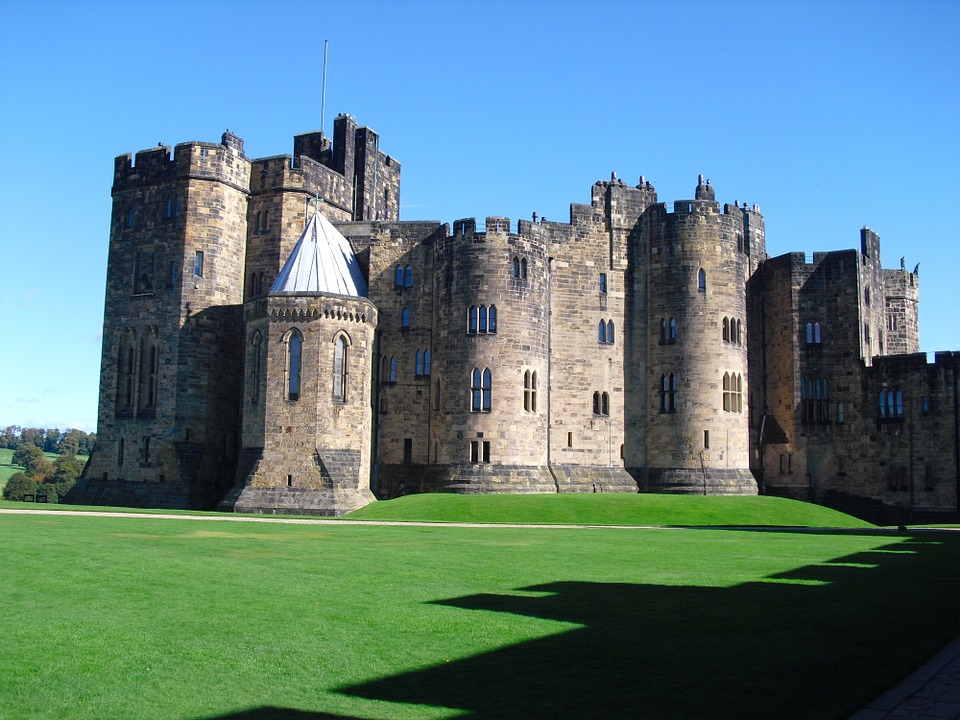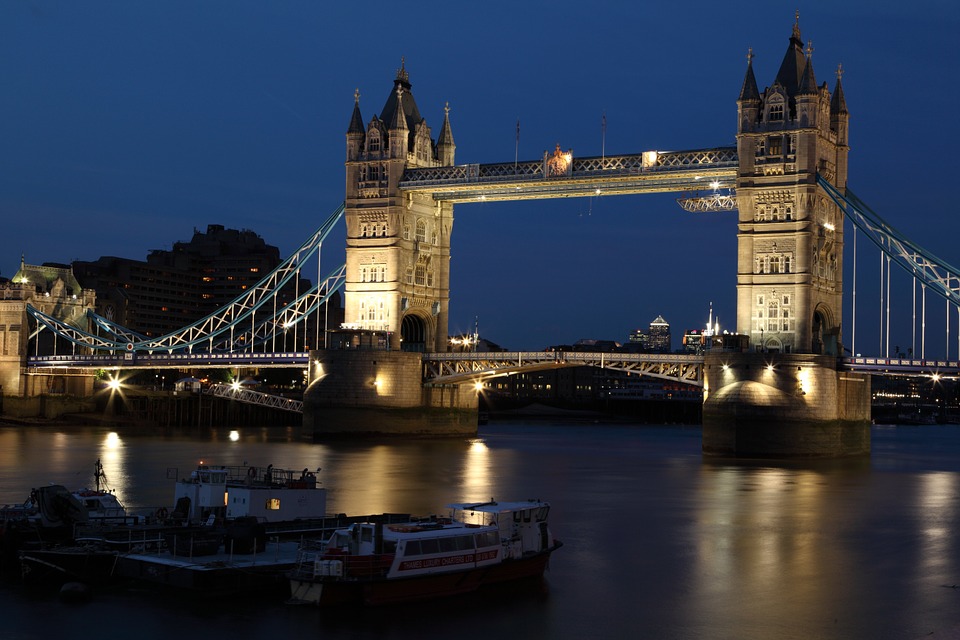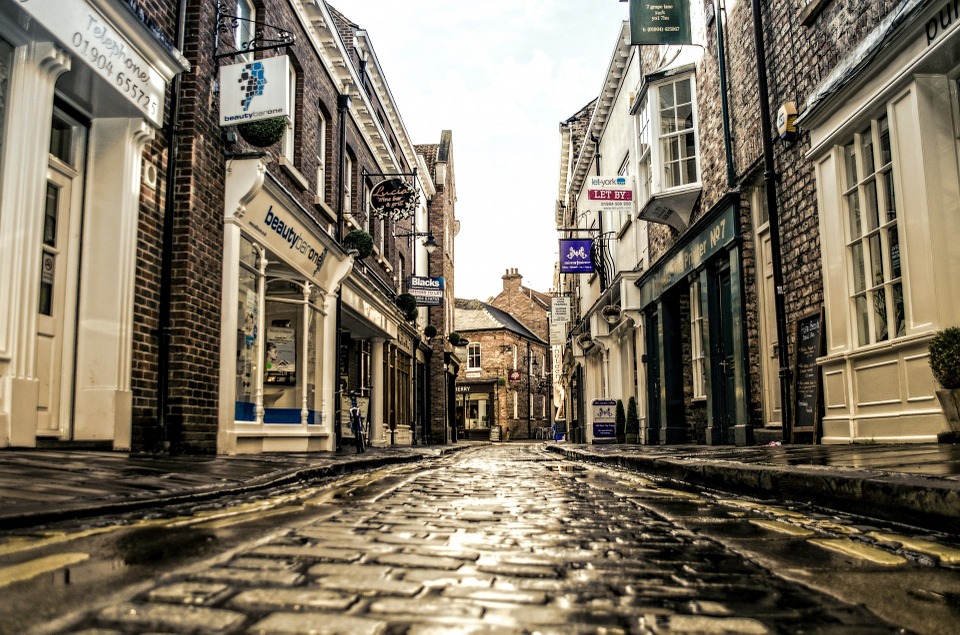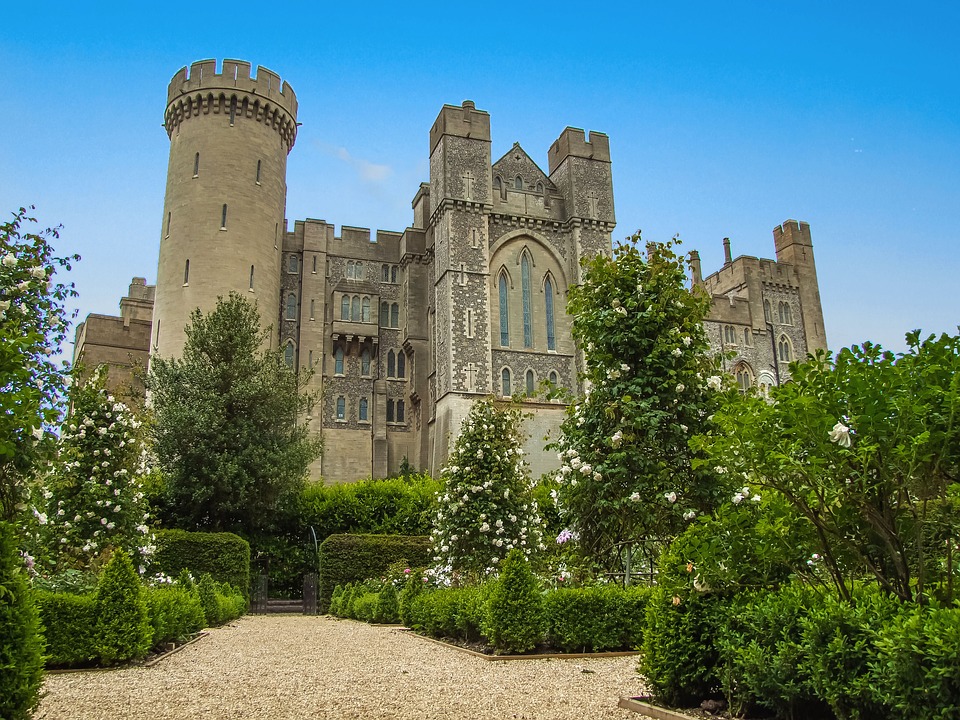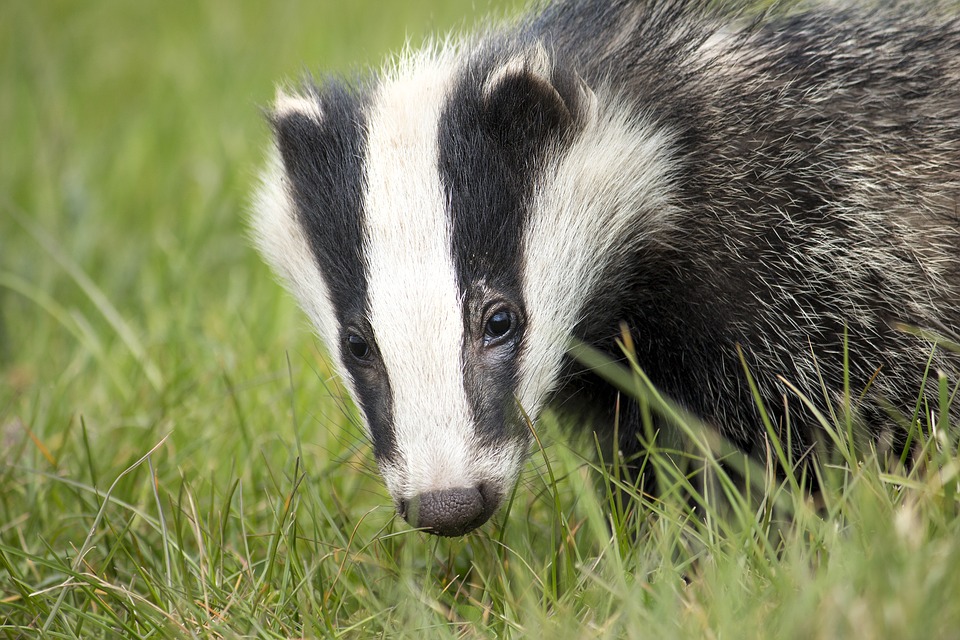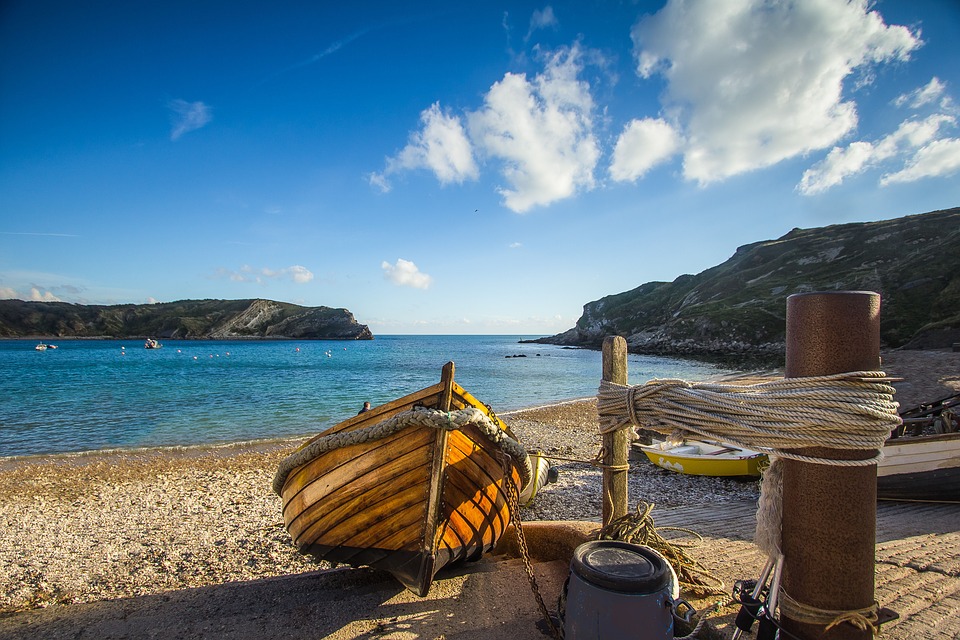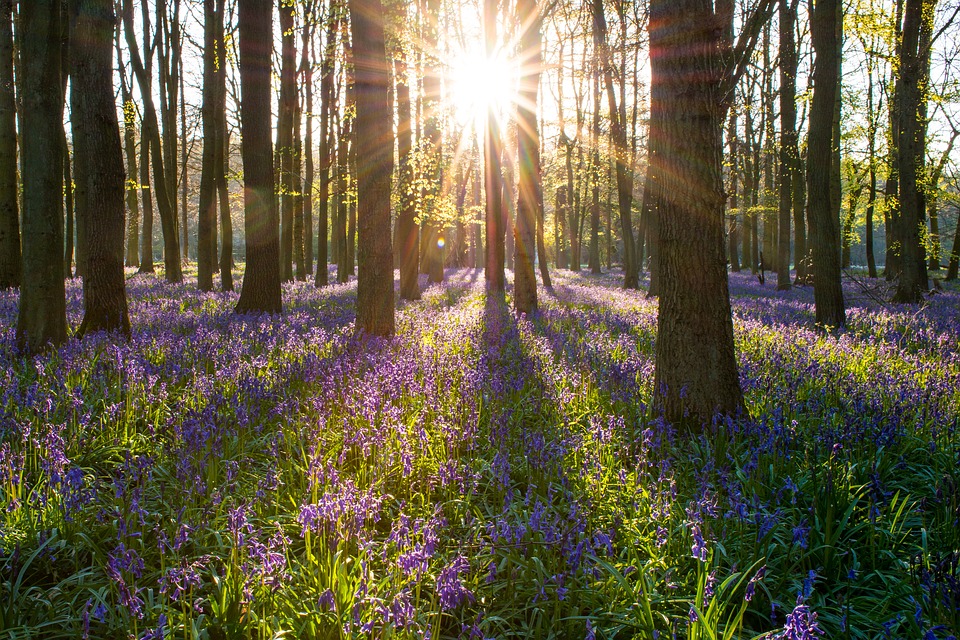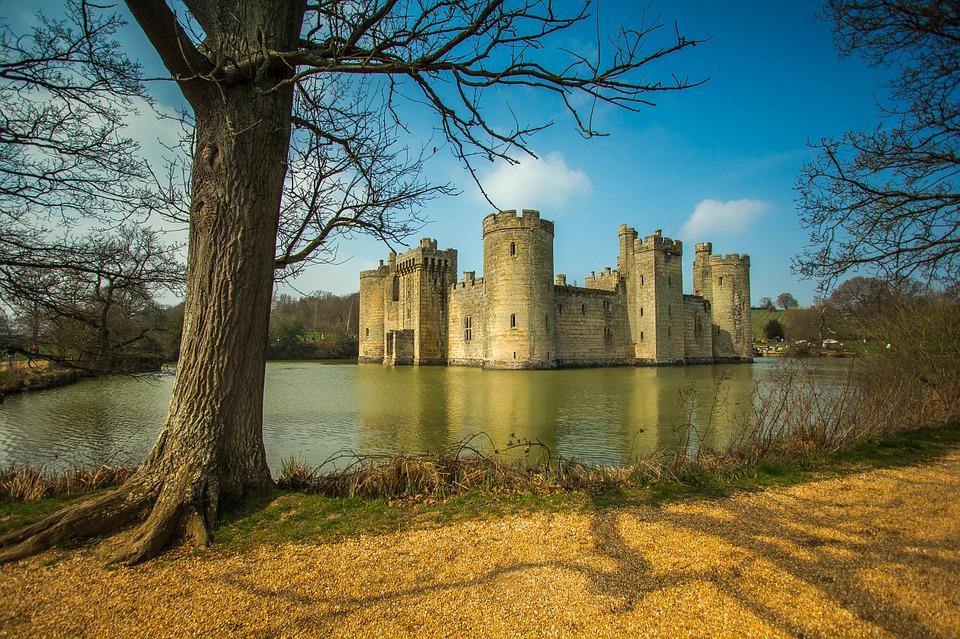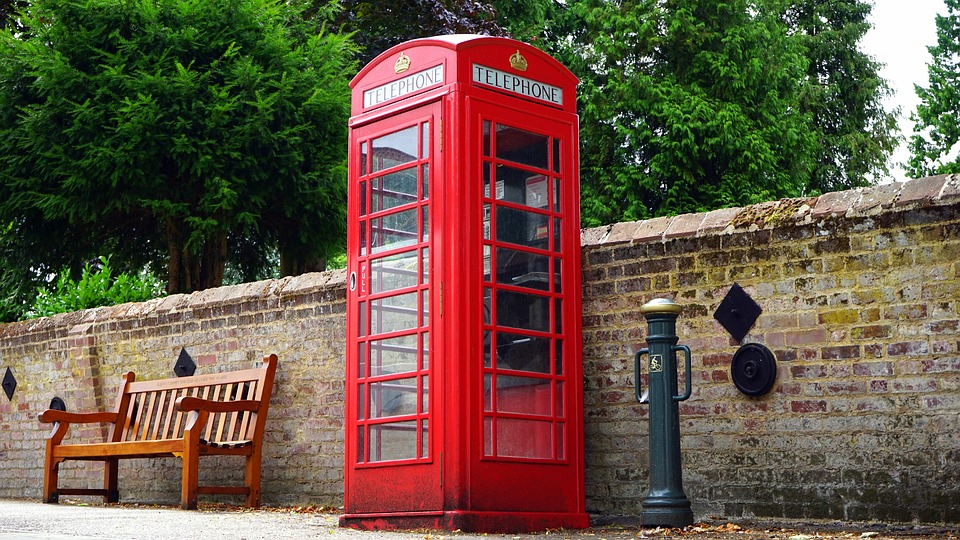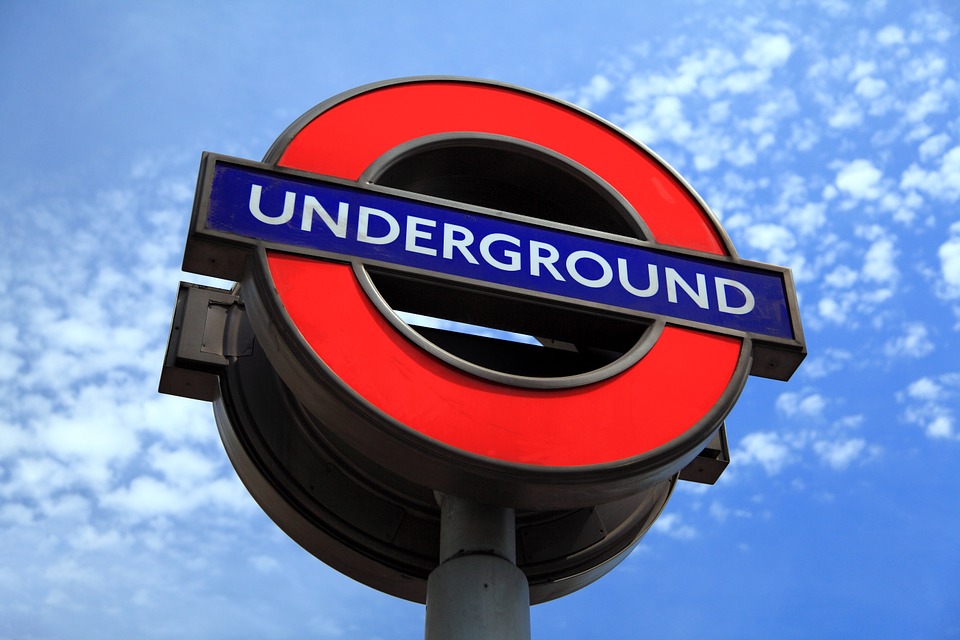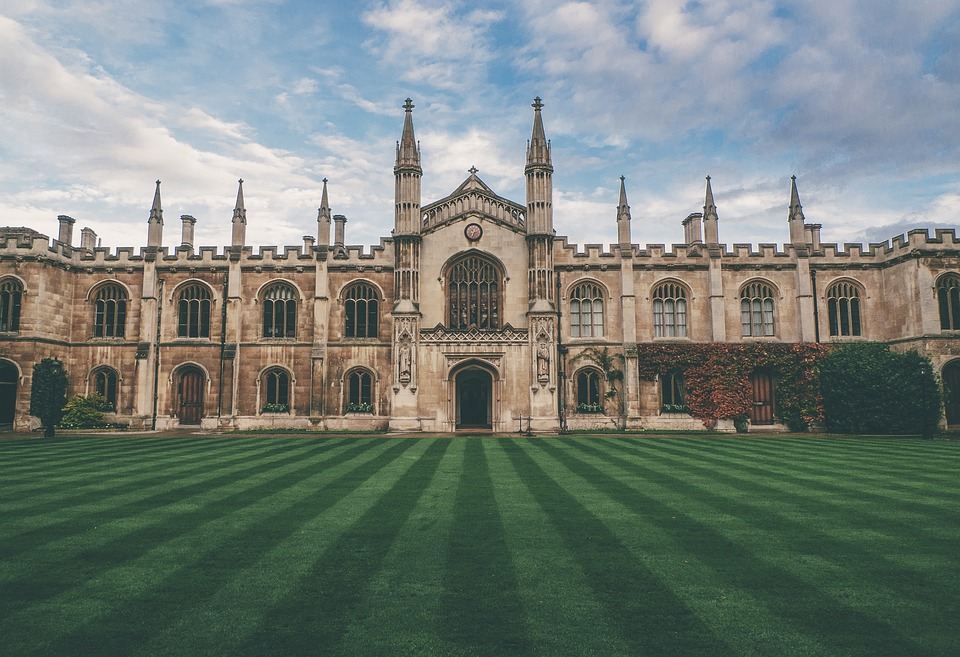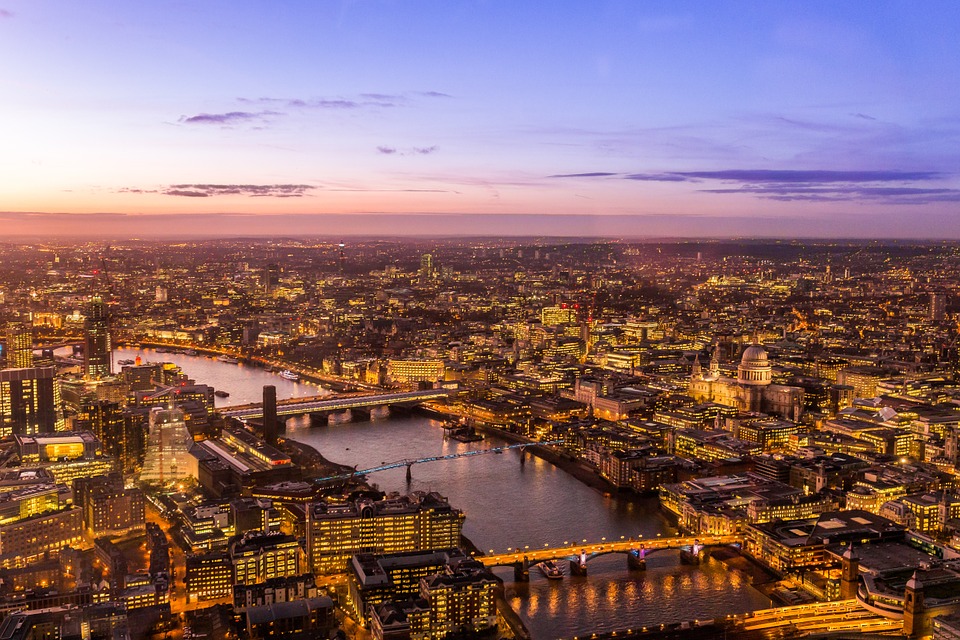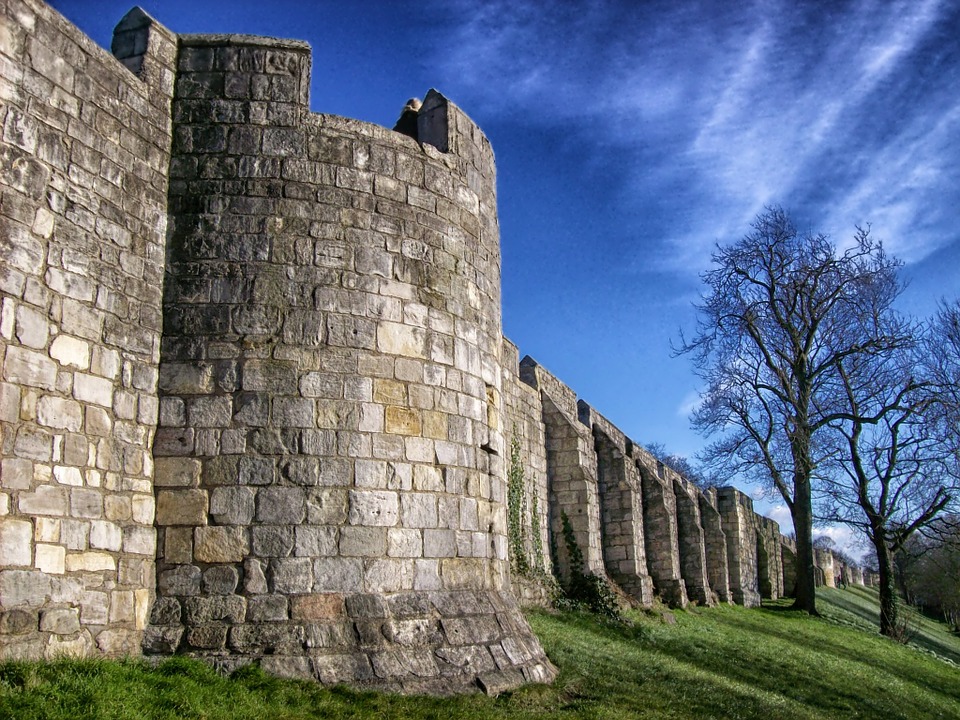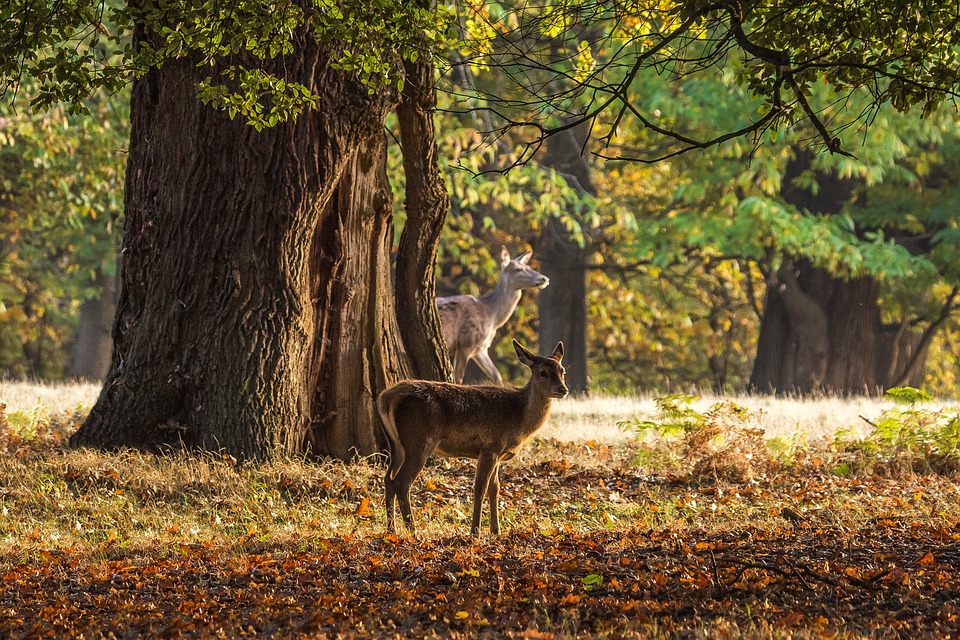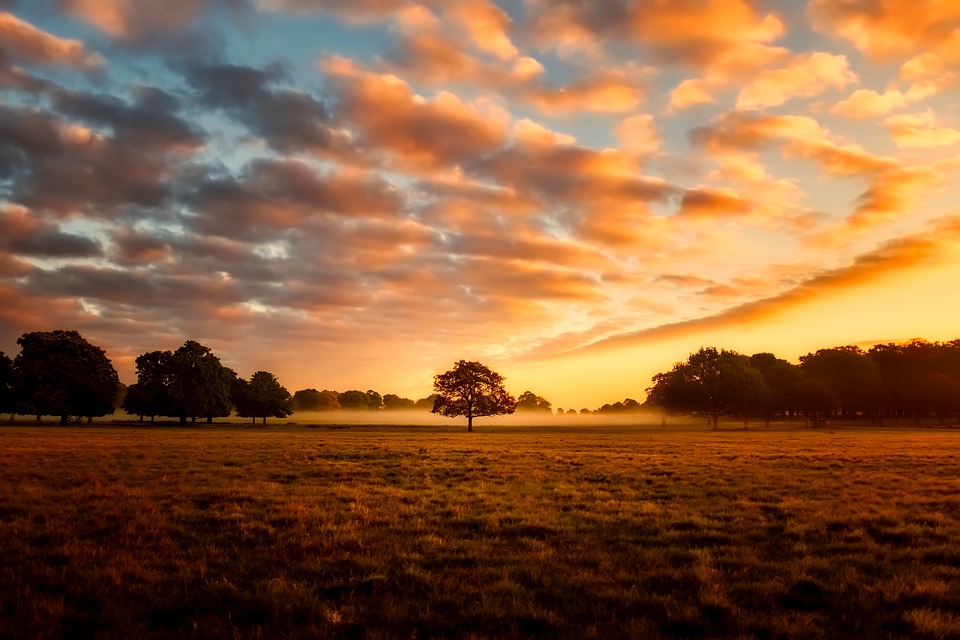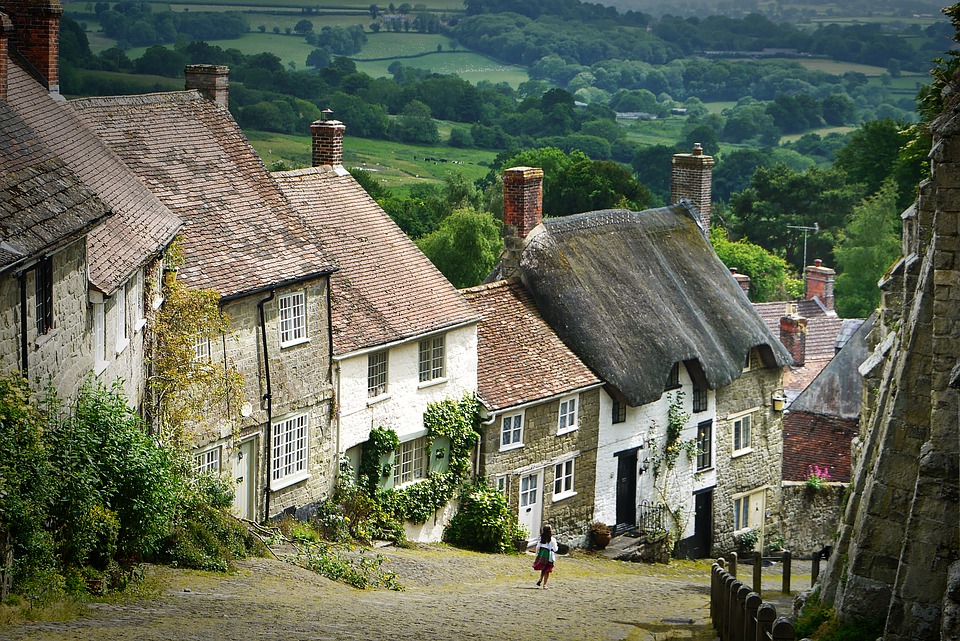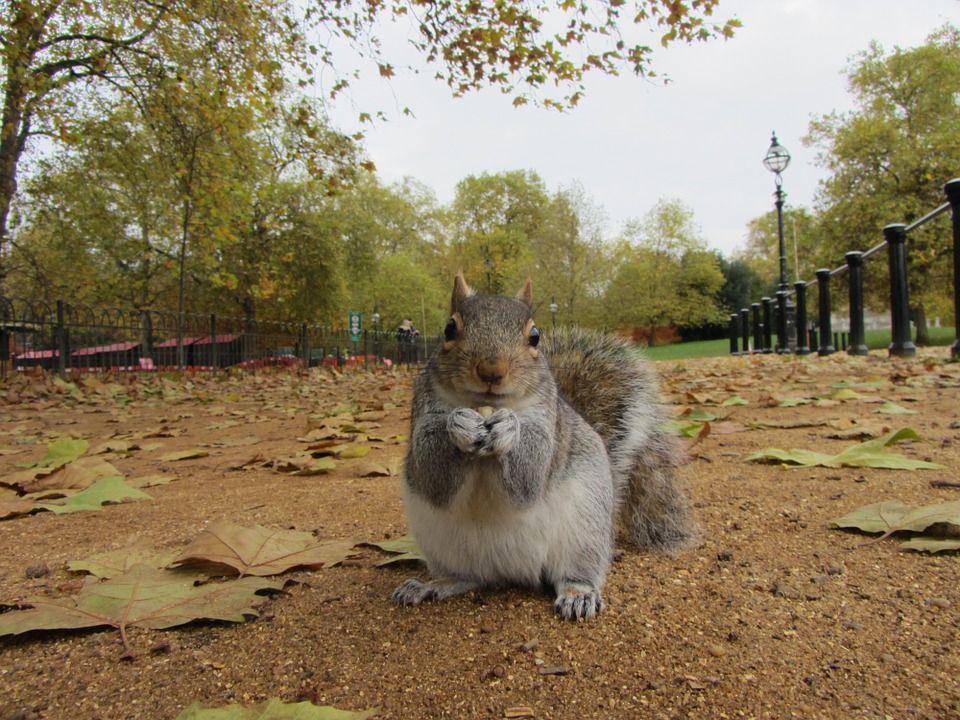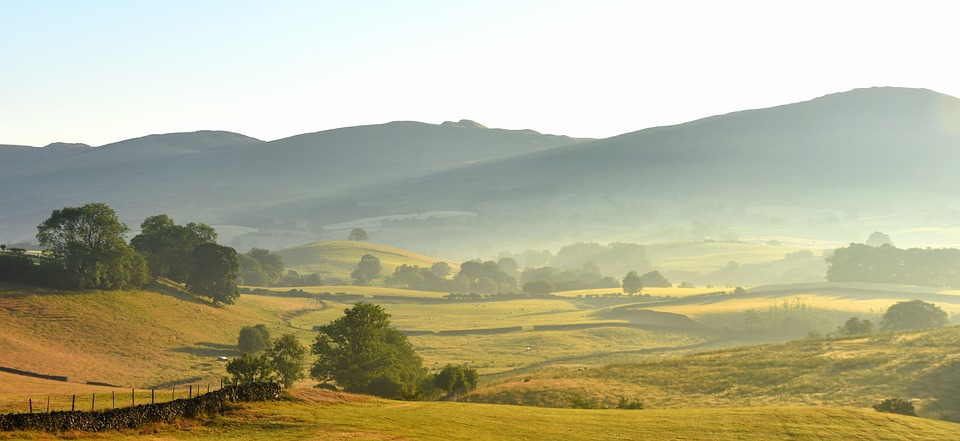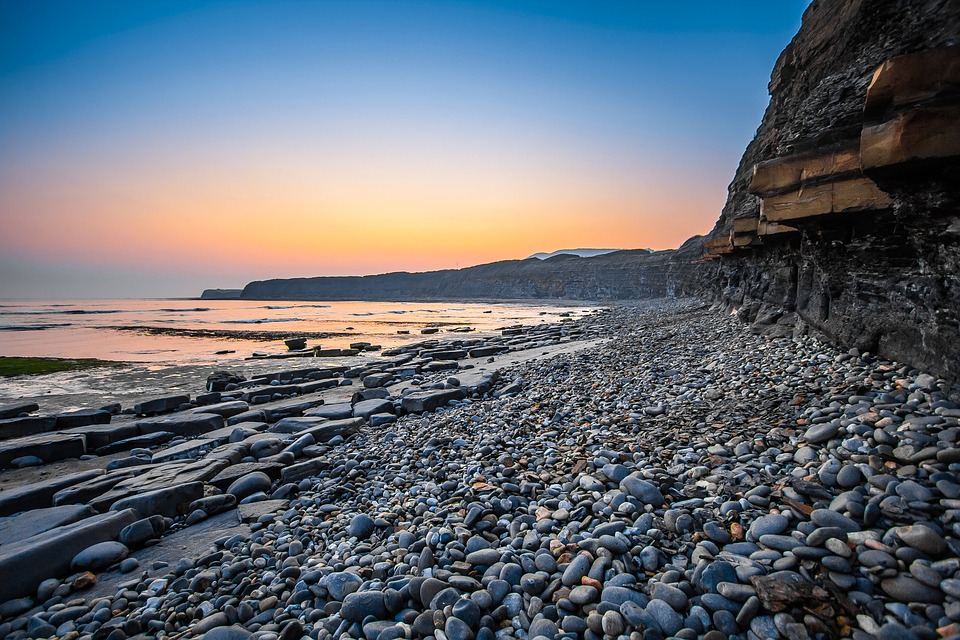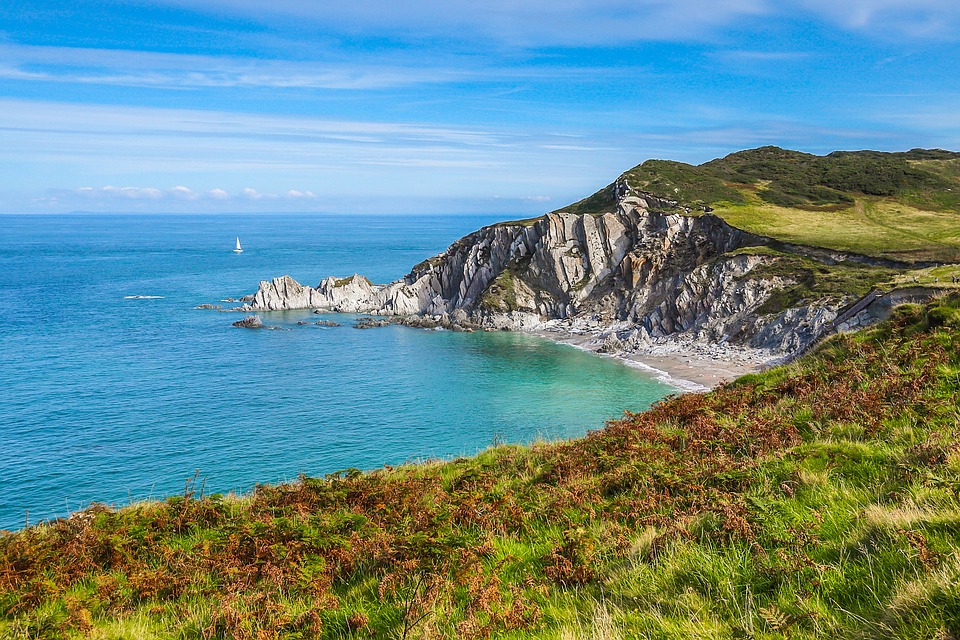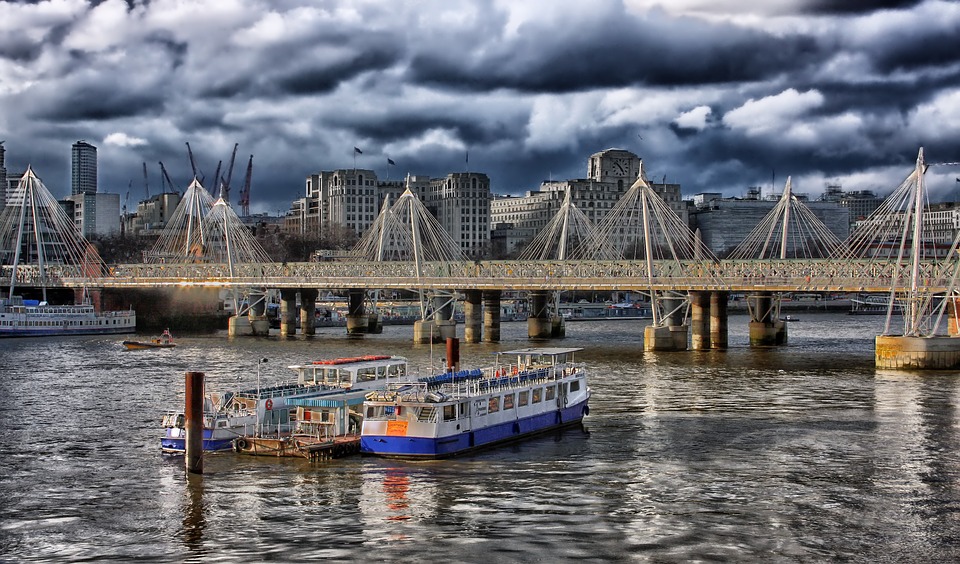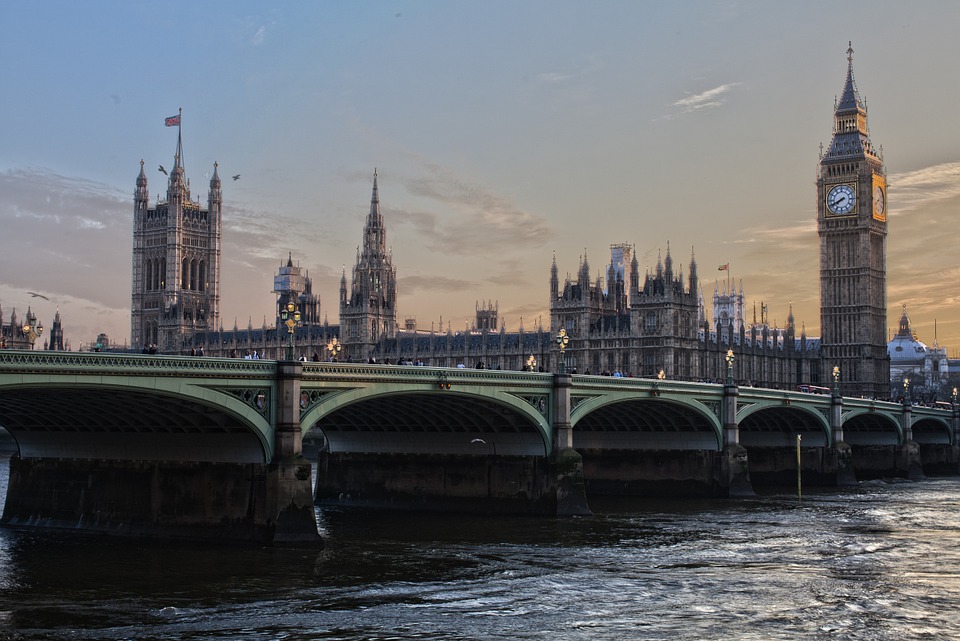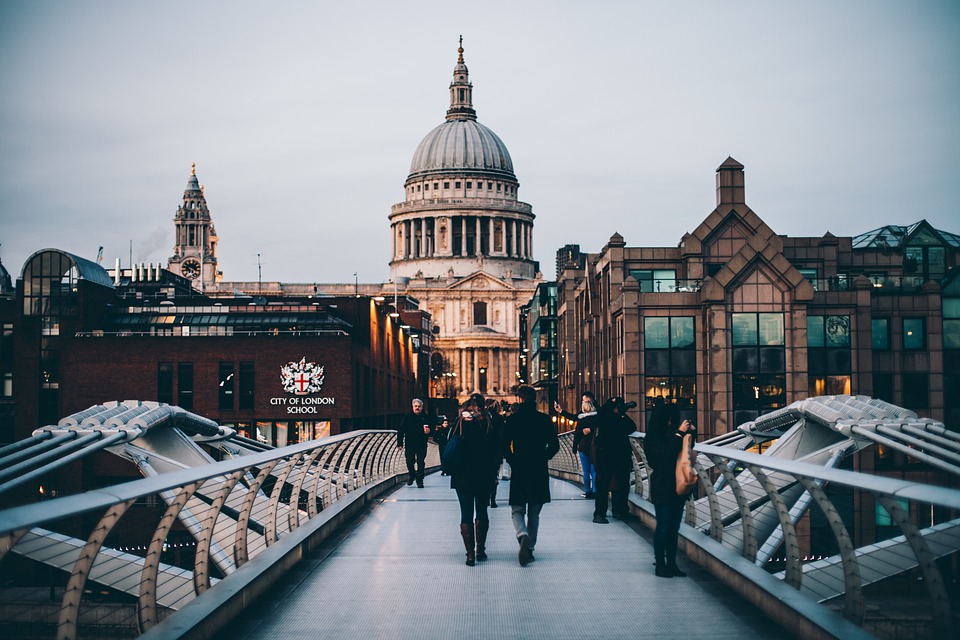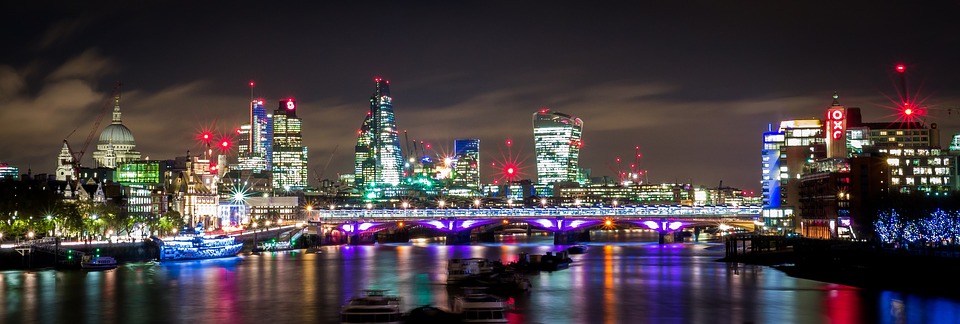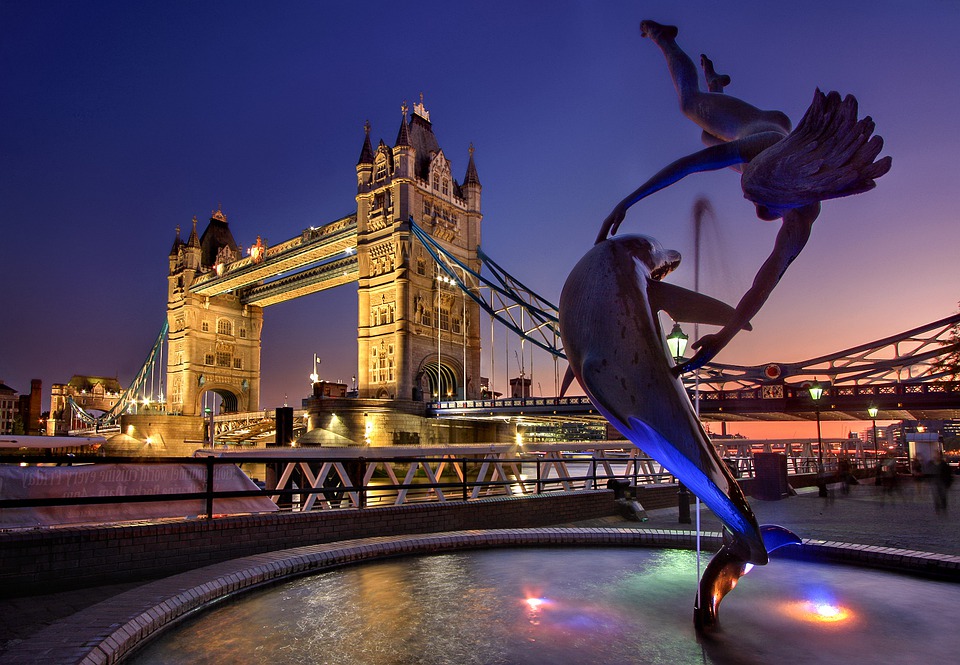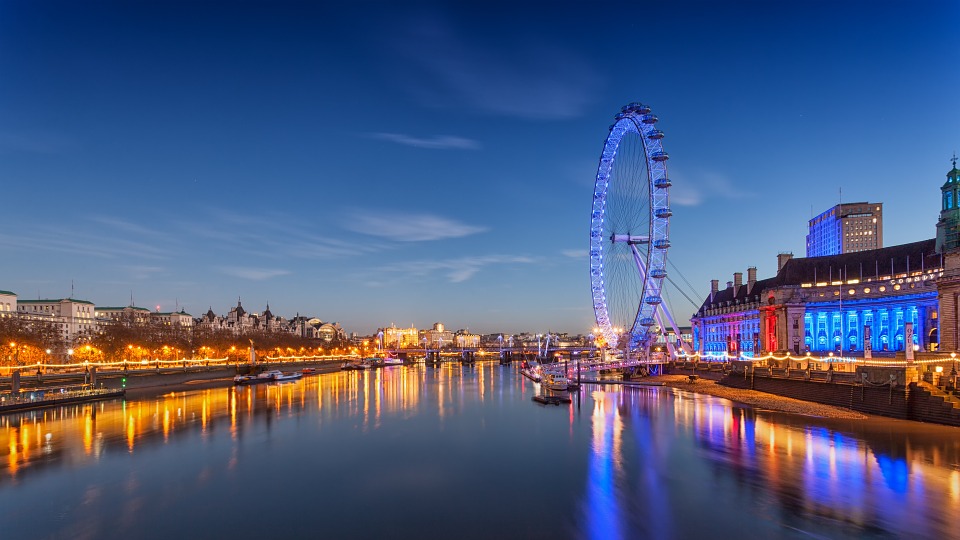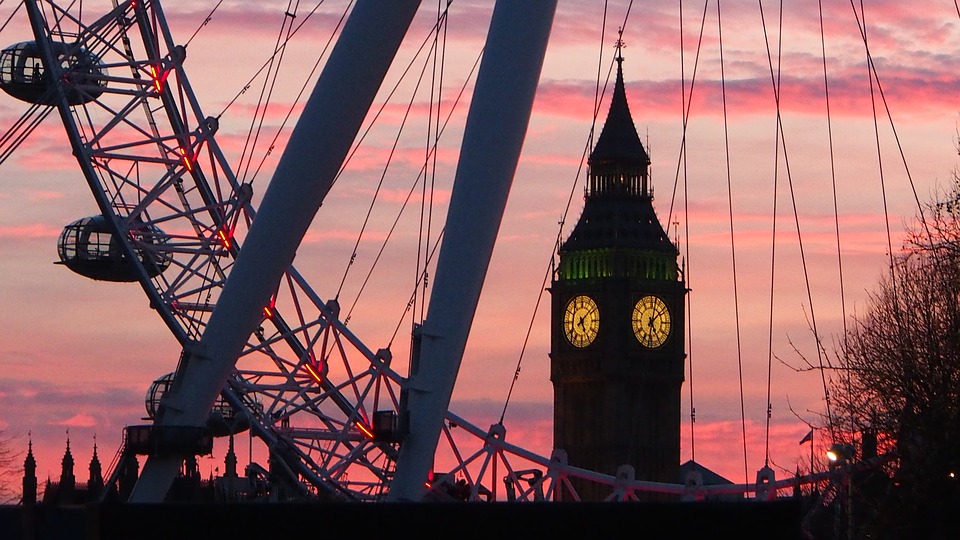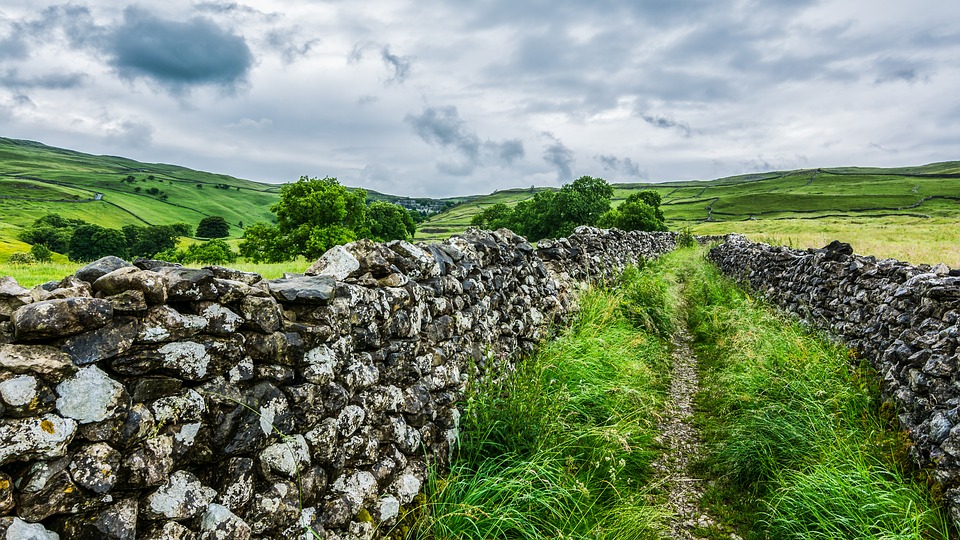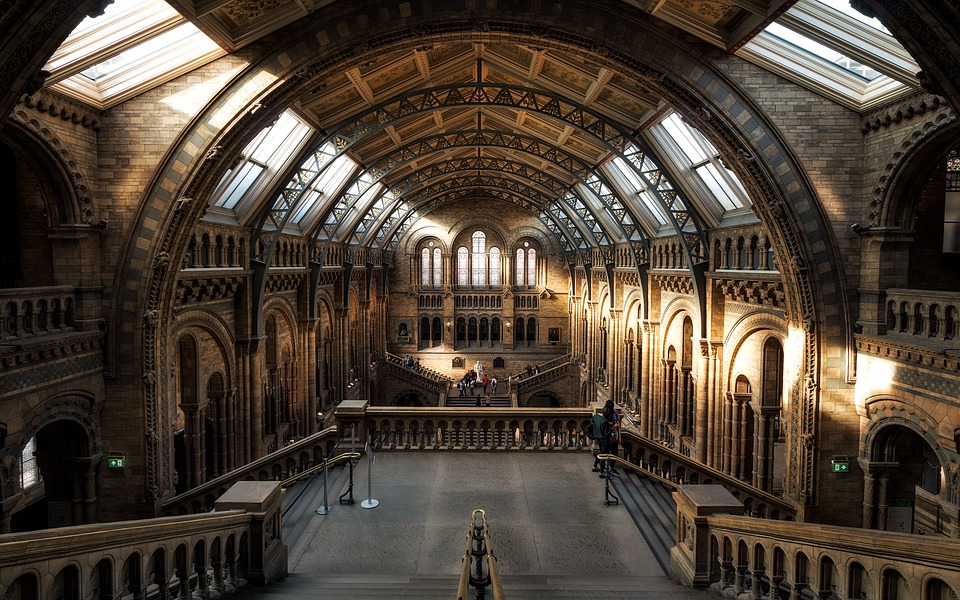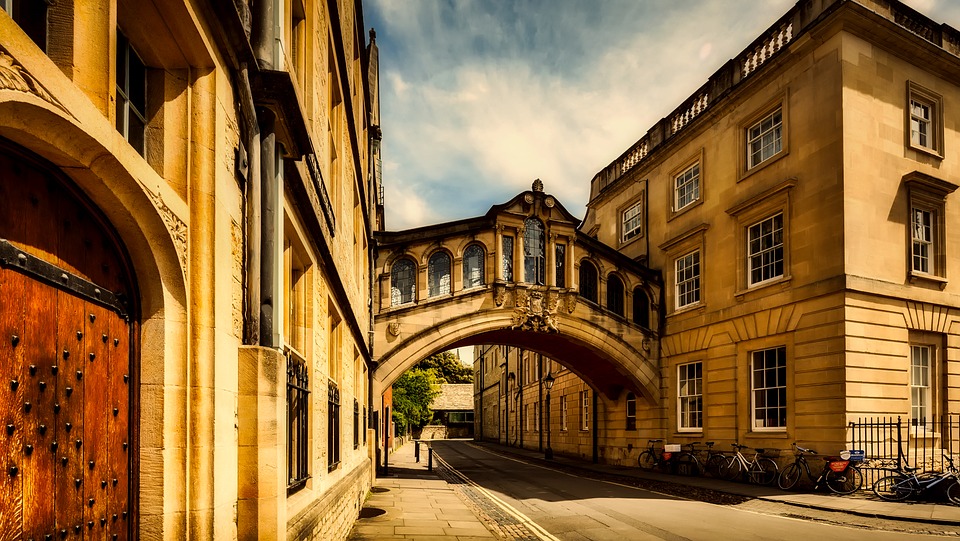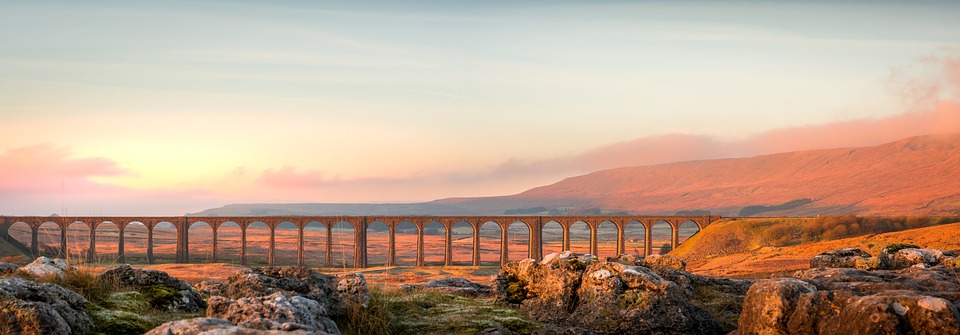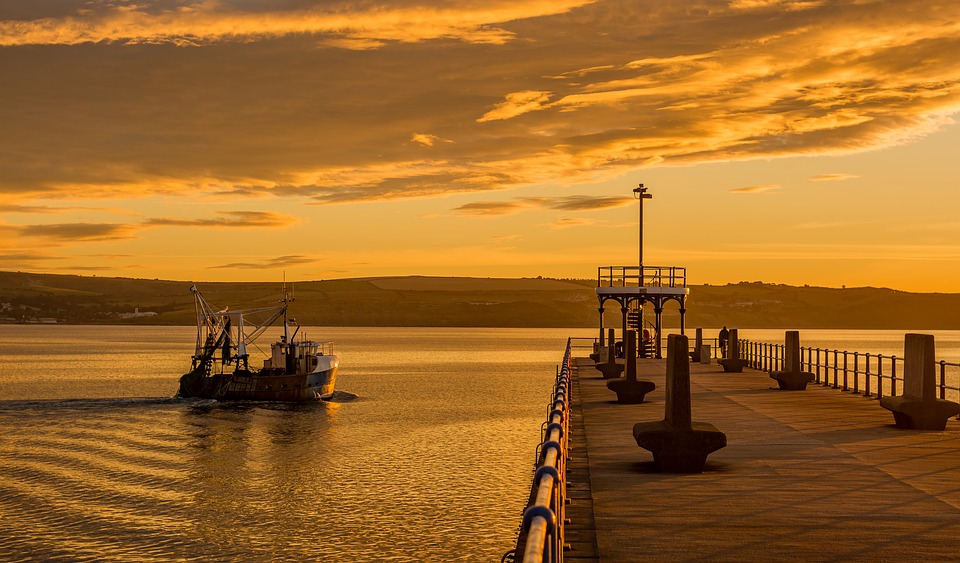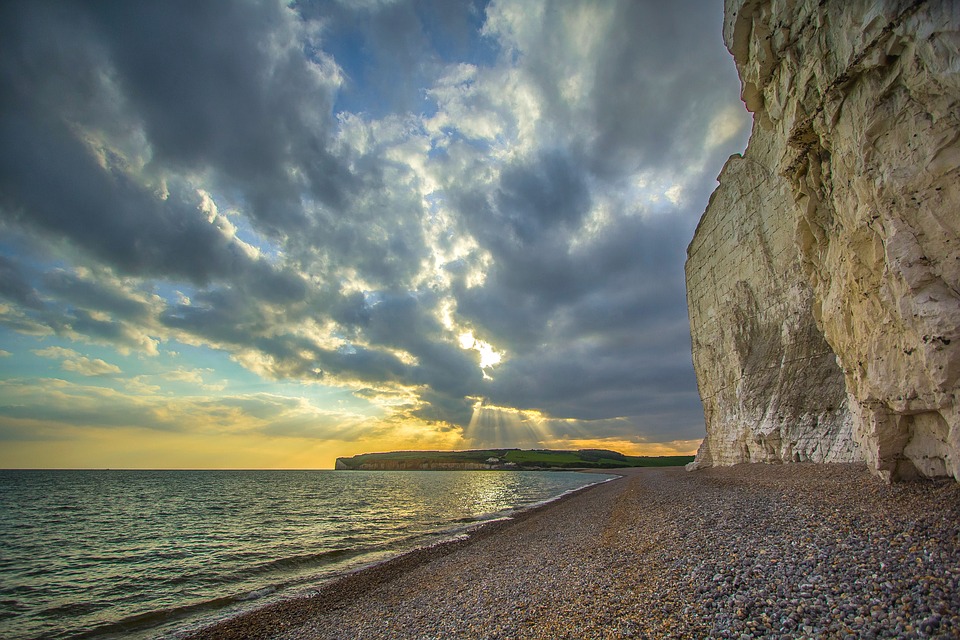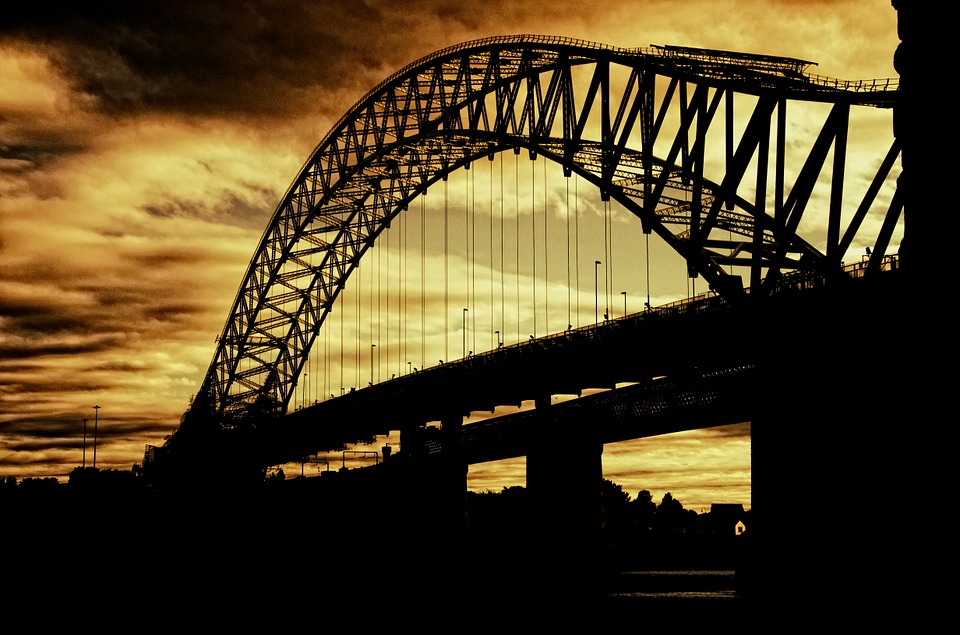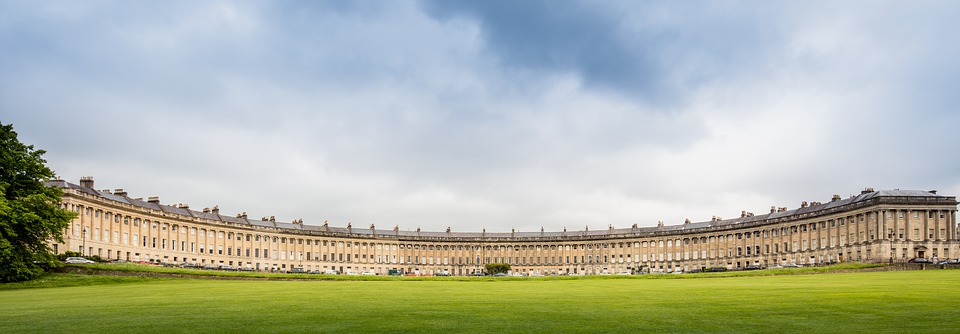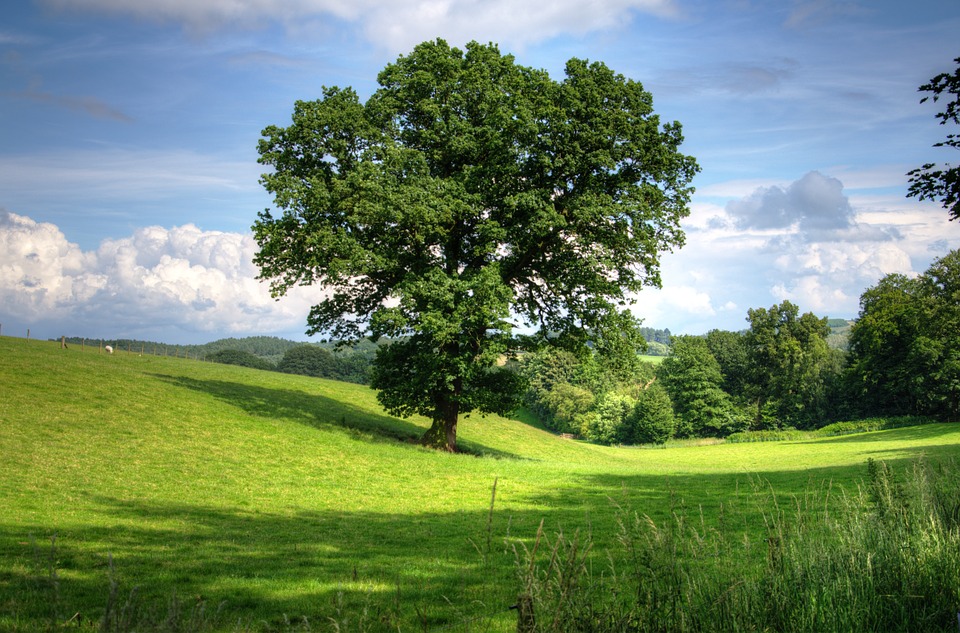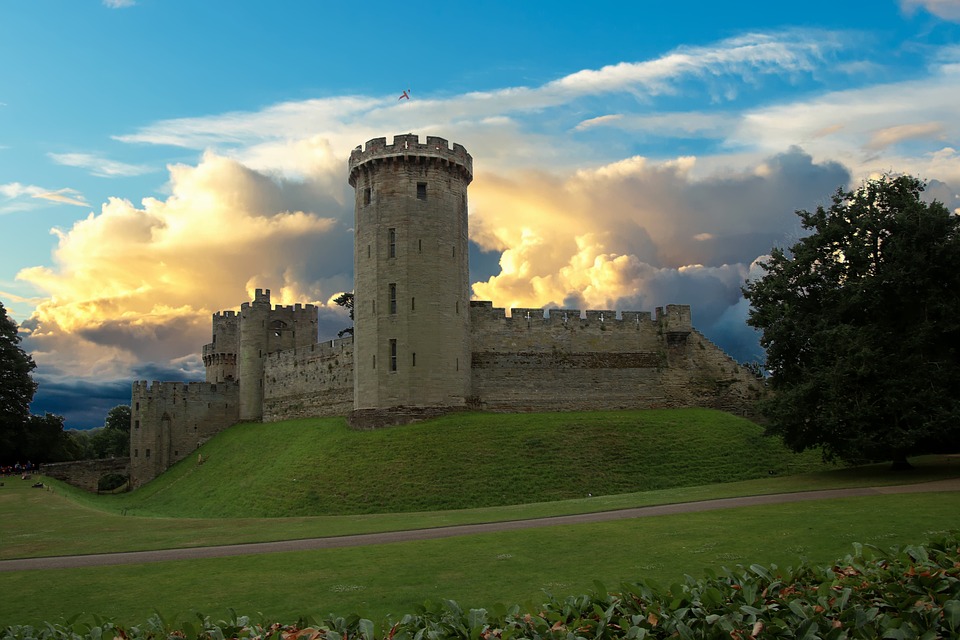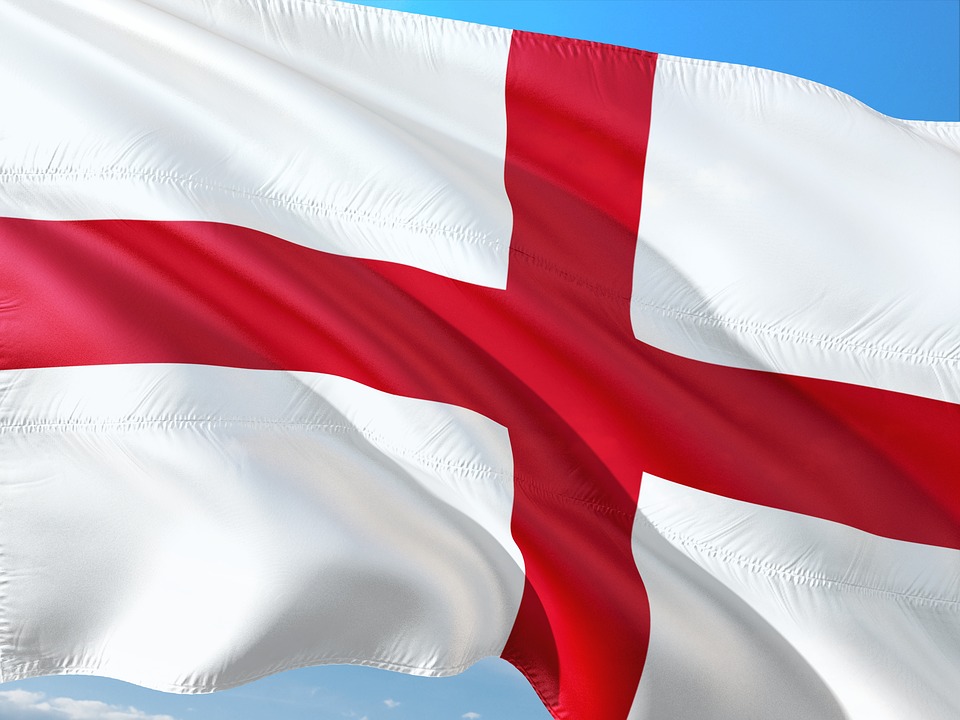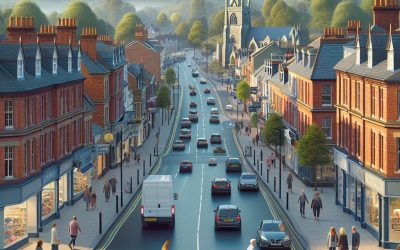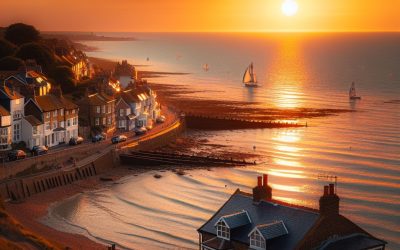England

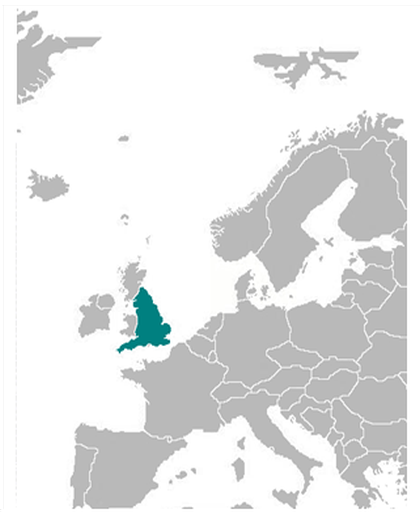

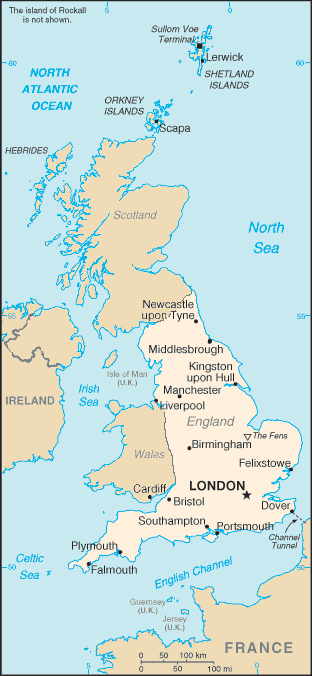
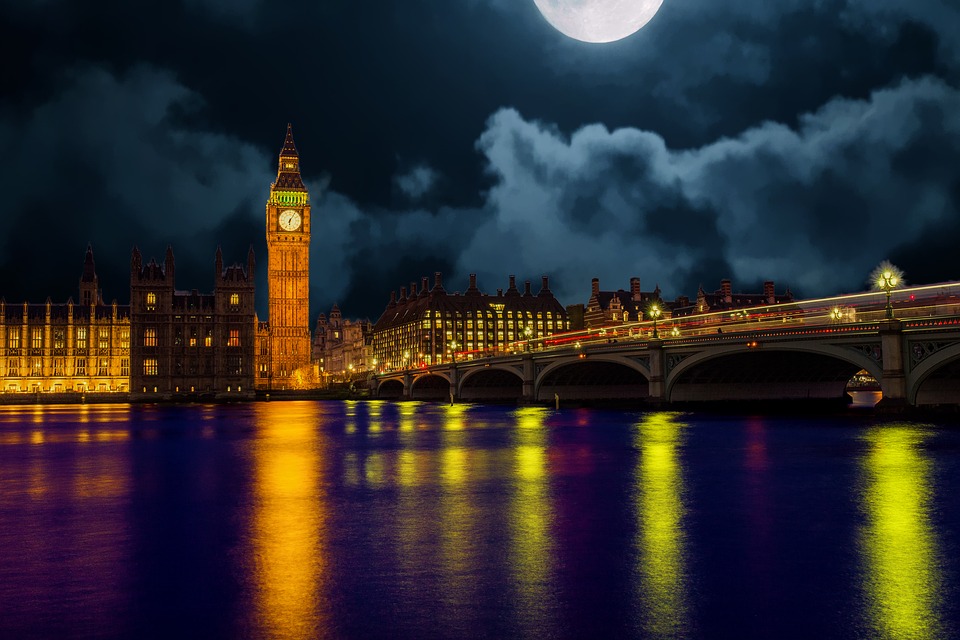
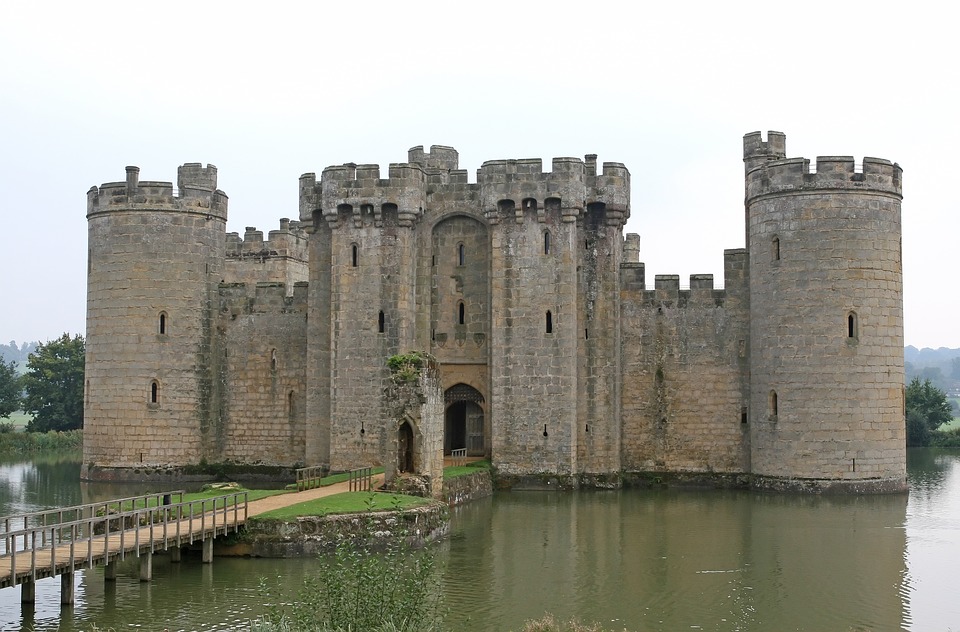
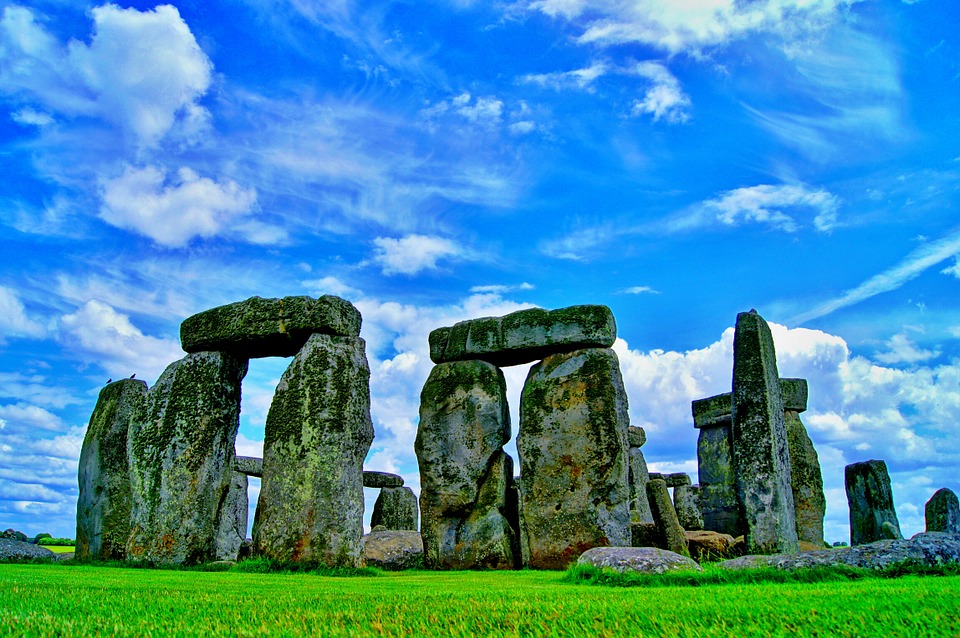

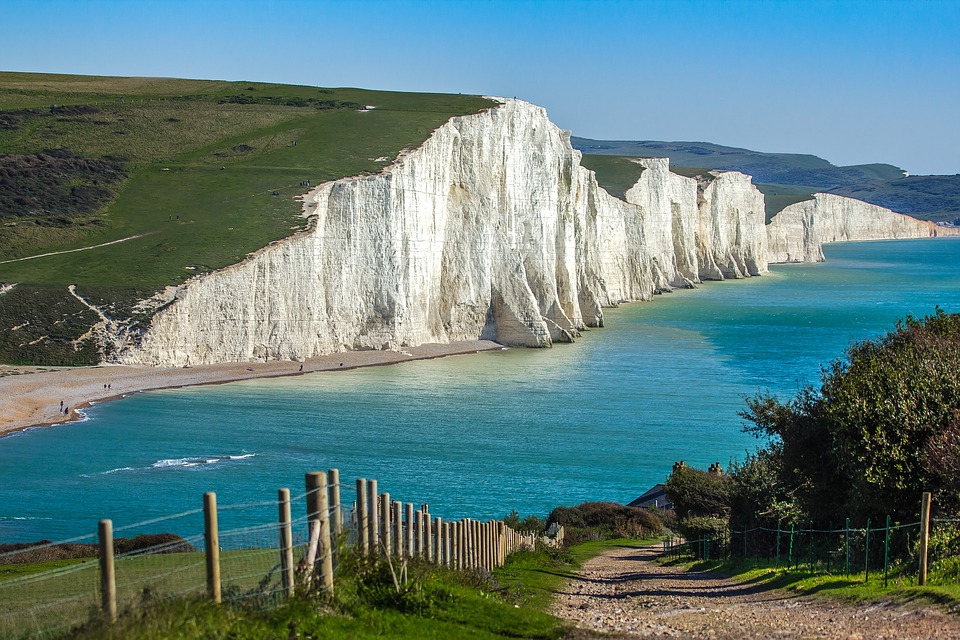
Capital: London
Population (Estimated 2012): 52,656,400
Area: 130,395 km2 or 50,346 mi2
Currency: Pound Sterling (GBP(£))
Official Language: English
Political Information: Constitutional Monarchy and Democratic Parliament
Official Religion: No Official Religion (approximately 77.7% of the population are Christian, 3.2% are Muslim, 1.2% are Hindu, 1.8% have other religious beliefs and 16.1% have no religious beliefs Based on 2001 Census for England and Wales)
Highest Mountain: Scafell Pike at 978m or 3,209ft
GDP Official Exchange Rate (OER is more precise at gauging a countries economic power)
(Estimated 2011): (US$) or (GBP)
GDP (OER) Per Capita (per member of the population estimated 2011): (US$) or (GBP)
GDP Purchasing Power Parity (PPP is good for gauging living conditions and use of resources but not as accurate as OER. This data has been calculated based on the sum value of all goods and services produced in the country valued at prices prevailing in the United States)
(Estimated 2011): (US$) or (GBP)
GDP (PPP) Per Capita (per member of the population estimated 2011): (US$) or (GBP)
Time Zone (GMT/UTC): GMT
Counties/Provinces/States: (Counties)Bedfordshire, Berkshire, Buckinghamshire, Cambridgeshire, Cheshire, Cornwall, Cumbria, Derbyshire, Devon, Dorset, Durham, East Riding, East Sussex, East Yorkshire, Essex, Gloucestershire, Greater London, Hampshire, Hertfordshire, Huntingdonshire, Kent, Lancashire, Leicestershire, Lincolnshire, Merseyside, Middlesex, Norfolk, Northamptonshire, Northumberland, Nottinghamshire, Oxfordshire, Rutland, Shropshire, Somerset, South Yorkshire, Staffordshire, Suffolk, Surrey, Tyne and Wear, Warwickshire, Westmorland, Wiltshire, Worcestershire, West Sussex and West Yorkshire.
Leaders: H.M. Queen ELIZABETH II (since 6 February 1952); Heir Apparent Prince CHARLES, son of the queen (born 14 November 1948); Prime Minister Theresa MAY (Conservative) (since 13 July 2016)
England
The history of England is a tapestry woven from a multitude of threads, each representing different peoples, cultures, and events that have shaped the nation over millennia. The earliest known inhabitants of England were the Celts, who arrived around 600 BC. They established tribal kingdoms and left a lasting legacy in the form of place names and cultural practices. The Roman conquest in AD 43 marked a significant turning point, as the Romans brought advanced engineering, urban planning, and a new administrative system.
The remnants of Roman Britain can still be seen today in structures such as Hadrian’s Wall and the ruins of Roman baths in cities like Bath. Following the decline of Roman influence in the early 5th century, England experienced a period of fragmentation and invasions by various groups, including the Saxons, Angles, and Jutes. This era saw the establishment of several kingdoms, which eventually unified under the rule of King Alfred the Great in the late 9th century.
The Norman Conquest in 1066 further transformed England’s landscape, as William the Conqueror introduced feudalism and commissioned the Domesday Book, a comprehensive survey of landholdings. The subsequent centuries were marked by power struggles, including the Wars of the Roses, which pitted the houses of Lancaster and York against each other, ultimately leading to the rise of the Tudor dynasty.
Summary
- England has a rich history dating back to prehistoric times, with influences from the Romans, Anglo-Saxons, Vikings, and Normans shaping the country’s development.
- English culture and traditions are diverse, with a strong emphasis on literature, theatre, music, and sports such as football and cricket.
- Famous landmarks and attractions in England include the iconic Big Ben, Stonehenge, the Tower of London, and the historic city of Bath.
- The Royal Family, including Queen Elizabeth II and other members, play a significant role in English society and are a major tourist attraction.
- English cuisine is known for dishes such as fish and chips, roast beef with Yorkshire pudding, and traditional English breakfasts.
- England is home to prestigious universities such as Oxford and Cambridge, with a strong emphasis on higher education and research.
- Sports and recreation are an integral part of English culture, with football, rugby, cricket, and tennis being popular pastimes.
- The weather in England is known for its variability, with mild summers, cool winters, and frequent rainfall throughout the year.
Culture and Traditions
Literary Heritage
Literature holds a prominent place in English culture, with figures such as William Shakespeare, Geoffrey Chaucer, and Jane Austen leaving indelible marks on the literary world. Shakespeare’s works, in particular, have transcended time and geography, influencing countless writers and playwrights across the globe.
Linguistic Evolution
The English language itself has evolved significantly over the centuries, absorbing vocabulary from Latin, French, and other languages, which has contributed to its status as a global lingua franca.
Timeless Traditions
Traditions in England are deeply rooted in its history and often reflect the changing seasons or significant historical events. One notable tradition is Guy Fawkes Night, celebrated on 5th November to commemorate the foiling of the Gunpowder Plot in 1605. This event is marked by bonfires and fireworks, symbolising the burning of Guy Fawkes in effigy. Another cherished tradition is afternoon tea, which originated in the early 19th century and has become synonymous with English hospitality. The ritual involves serving tea alongside an assortment of sandwiches, scones, and pastries, often enjoyed in elegant settings that reflect England’s penchant for refinement.
Famous Landmarks and Attractions
England is home to an array of landmarks that encapsulate its rich history and architectural prowess. The Tower of London stands as a testament to England’s tumultuous past; originally built as a royal palace and fortress, it has served various roles throughout history, including that of a prison and treasury. Today, it houses the Crown Jewels, attracting millions of visitors each year who come to marvel at these symbols of royal heritage.
Another iconic landmark is Stonehenge, a prehistoric monument that continues to baffle archaeologists and historians alike. Dating back to around 3000 BC, this enigmatic circle of standing stones is believed to have been used for ceremonial purposes or astronomical observations. Its significance is underscored by its designation as a UNESCO World Heritage Site.
Additionally, the picturesque city of Bath boasts stunning Georgian architecture and Roman baths that draw visitors eager to experience its historical charm. The combination of natural hot springs and classical architecture makes Bath a unique destination that reflects England’s ability to blend history with leisure.
The Royal Family
The British Royal Family is an institution that embodies centuries of tradition and national identity. The monarchy has evolved significantly over time, adapting to societal changes while maintaining its ceremonial role in British life. Queen Elizabeth II, who reigned from 1952 until her passing in 2022, was a symbol of continuity during times of great change.
Her dedication to public service and her ability to connect with people from all walks of life endeared her to many. The current monarch, King Charles III, has taken on the mantle with a focus on modernising the monarchy while preserving its historical significance. The Royal Family engages in numerous charitable activities through various foundations and initiatives aimed at addressing social issues such as mental health awareness and environmental conservation.
Events such as Trooping the Colour and royal weddings capture public interest and showcase British pageantry at its finest. The monarchy remains a focal point for national pride and unity, drawing both admiration and scrutiny from citizens and observers worldwide.
English Cuisine
English cuisine is often characterised by its hearty dishes that reflect regional diversity and historical influences. Traditional meals such as fish and chips have become synonymous with British culture; this dish originated in the 19th century when fried fish was served alongside thick-cut chips. The combination of crispy batter and fluffy potatoes has made it a beloved staple across the nation.
Another quintessential dish is the Sunday roast, typically featuring roasted meat accompanied by Yorkshire pudding, vegetables, and gravy—a meal that brings families together each week. In recent years, English cuisine has undergone a renaissance as chefs embrace local ingredients and innovative cooking techniques. The rise of gastropubs has transformed dining experiences by offering elevated versions of classic dishes in relaxed settings.
Furthermore, England’s multicultural society has enriched its culinary landscape; Indian cuisine, for instance, has become immensely popular, with dishes like chicken tikka masala often cited as a national favourite. This fusion of flavours reflects England’s evolving identity while celebrating its culinary heritage.
Education and Universities
Historic Institutions
The University of Oxford and the University of Cambridge are two of the oldest universities in the world, renowned for their rigorous academic standards and distinguished alumni. Oxford’s tutorial system fosters close relationships between students and tutors, encouraging critical thinking and independent research.
Diverse Range of Universities
Beyond these historic institutions, England boasts a diverse array of universities catering to various fields of study. Institutions such as Imperial College London focus on science and technology, while others like the University of Arts London specialise in creative disciplines.
Inclusive Education System
The higher education system is characterised by its inclusivity; initiatives aimed at widening participation have made it possible for students from diverse backgrounds to access quality education. This commitment to educational equity ensures that England continues to produce innovative thinkers who contribute to global advancements across multiple sectors.
Sports and Recreation
Sport plays an integral role in English culture, with a rich history that encompasses both traditional pastimes and modern athletic pursuits. Football (soccer) reigns supreme as the nation’s most popular sport; clubs like Manchester United and Liverpool boast passionate fan bases that span generations. The English Premier League attracts global attention, showcasing some of the world’s best talent while fostering local rivalries that ignite community spirit.
Cricket also holds a special place in English hearts; it is often referred to as a quintessentially English sport with roots dating back to the 16th century. The game’s traditional format is celebrated during summer months at iconic venues such as Lord’s Cricket Ground in London. Beyond team sports, individual pursuits like tennis have gained prominence; Wimbledon stands as one of the most prestigious tennis tournaments globally, drawing elite players from around the world each summer.
These sporting events not only provide entertainment but also foster camaraderie among fans while promoting physical activity across communities.
Weather and Climate
The weather in England is famously unpredictable; it can change from sunny to rainy within minutes, leading to a cultural acceptance of carrying an umbrella at all times. The temperate maritime climate results in mild winters and cool summers, with rainfall distributed fairly evenly throughout the year. This variability has shaped not only daily life but also agricultural practices; farmers have adapted their methods to accommodate changing weather patterns.
Regional variations exist within England’s climate; for instance, coastal areas tend to experience milder temperatures due to their proximity to the sea, while inland regions may endure colder winters. The Lake District is known for its stunning landscapes but also for its frequent rainfall—contributing to its lush greenery that attracts hikers and nature enthusiasts alike. Despite occasional dreary days, many English people embrace their climate by engaging in outdoor activities year-round; from walking along coastal paths to enjoying picnics in parks during sunny spells, the weather remains an intrinsic part of life in England.
One interesting article related to England can be found in the Array, which discusses the history of the iconic red telephone boxes that can still be seen on the streets of London. These telephone boxes, designed by Sir Giles Gilbert Scott, have become a symbol of British culture and are now considered a nostalgic reminder of a bygone era. To learn more about the history and significance of these red telephone boxes, you can read the article here.
The Charm of English Countryside
The English countryside is often romanticised in literature and art, and for good reason. Its picturesque landscapes are dotted with charming villages, lush green fields, and meandering rivers that seem to whisper tales of yore. Areas such as the Cotswolds, with its honey-coloured stone cottages and rolling hills, epitomise the idyllic rural life that many dream of.
Walking through these quaint villages, one can find local artisans crafting goods, farmers markets brimming with fresh produce, and cosy pubs serving hearty meals. The tranquillity of the countryside provides a stark contrast to the hustle and bustle of urban life, offering a serene escape for those seeking solace in nature. Moreover, the countryside is not just about visual beauty; it is also a haven for outdoor enthusiasts.
The network of public footpaths and bridleways invites walkers and cyclists to explore the landscape at their own pace. The South Downs National Park, for instance, offers stunning views over the English Channel and is home to diverse wildlife. Here, one can hike along the famous South Downs Way or simply enjoy a leisurely picnic amidst the wildflowers.
The charm of the English countryside lies in its ability to connect people with nature while providing a glimpse into a slower-paced way of life that many find rejuvenating.
Historic Landmarks and Heritage Sites
England’s rich history is encapsulated in its myriad historic landmarks and heritage sites that dot the landscape. From prehistoric monuments to medieval castles and grand stately homes, each site tells a story that contributes to the nation’s identity. Stonehenge, one of the most iconic prehistoric sites in the world, continues to intrigue visitors with its mysterious origins and astronomical significance.
Standing amidst these ancient stones evokes a sense of wonder and curiosity about the people who constructed them thousands of years ago. In addition to prehistoric sites, England boasts an impressive array of castles that reflect its tumultuous history. Windsor Castle, for example, is not only one of the oldest inhabited castles in the world but also serves as an official residence for the British monarch.
Visitors can explore its opulent State Apartments and St George’s Chapel, where royal ceremonies take place. Similarly, the Tower of London offers a glimpse into England’s darker past as a royal palace, fortress, and prison. The Crown Jewels housed within its walls are a testament to the nation’s royal heritage and attract millions of visitors each year.
Exploring English Cities
| City | Population | Area (sq km) | Landmarks |
|---|---|---|---|
| London | 8,982,000 | 1,572 | Big Ben, Tower Bridge, Buckingham Palace |
| Manchester | 547,627 | 115.6 | Old Trafford, Manchester Cathedral, MediaCityUK |
| Birmingham | 1,153,717 | 267.8 | Bullring, Birmingham Museum and Art Gallery, Cadbury World |
The cities of England are vibrant hubs of culture, history, and innovation. Each city possesses its own unique character shaped by centuries of development and change. London, the capital city, is a melting pot of cultures and traditions.
From iconic landmarks such as Buckingham Palace and the Houses of Parliament to world-class museums like the British Museum and Tate Modern, London offers an endless array of attractions for visitors. The city’s diverse neighbourhoods each tell their own story; Camden Market is known for its eclectic vibe and street food scene, while Notting Hill enchants with its colourful houses and charming boutiques. Beyond London, cities like Manchester and Birmingham have emerged as cultural powerhouses in their own right.
Manchester is renowned for its music scene and sporting heritage; it was here that bands like Oasis and The Smiths rose to fame. The city’s industrial past is celebrated in its museums and galleries, while its thriving nightlife attracts visitors from all over. Birmingham, on the other hand, boasts a rich industrial history and has transformed into a culinary hotspot with a diverse range of restaurants reflecting its multicultural population.
The Bullring shopping centre and the historic Jewellery Quarter are just two examples of what makes Birmingham an exciting city to explore.
Coastal Adventures in England
England’s coastline is as diverse as its landscape, offering a plethora of coastal adventures for those who seek them. From dramatic cliffs to sandy beaches, the coastal regions provide opportunities for relaxation as well as thrilling activities. The Jurassic Coast in Dorset is a UNESCO World Heritage Site known for its stunning geological formations and fossil-rich cliffs.
Here, visitors can embark on guided fossil-hunting tours or simply enjoy a leisurely walk along the coastal path while taking in breathtaking views. In contrast, Cornwall’s coastline is famous for its picturesque beaches and charming fishing villages. Places like St Ives and Padstow are not only beautiful but also offer various water sports such as surfing and kayaking.
The region’s mild climate makes it an ideal destination for beachgoers during the summer months. Additionally, coastal towns like Whitby in Yorkshire are steeped in maritime history; visitors can explore its historic abbey or indulge in fresh seafood at local eateries while enjoying views over the North Sea.
Culinary Delights of British Cuisine
Regional Delights
For instance, Yorkshire pudding is a beloved dish that accompanies Sunday roasts across England, while Cornish pasties are synonymous with Cornwall’s mining history.
A Resurgence in British Food
In recent years, there has been a resurgence in interest in British food, with chefs focusing on seasonal produce and traditional cooking methods. Farmers’ markets have become popular venues for sourcing fresh ingredients directly from local producers. Additionally, gastropubs have emerged as culinary destinations where patrons can enjoy elevated versions of classic pub fare alongside craft beers and fine wines.
Multicultural Influences
The diversity of British cuisine is further enhanced by multicultural influences; cities like London boast an array of international restaurants offering everything from Indian curry to Italian pasta.
Outdoor Activities and Adventures
For those who thrive on adventure and outdoor activities, England offers an abundance of options that cater to all levels of experience. The Lake District National Park is a prime destination for hiking enthusiasts; its rugged mountains and serene lakes provide countless trails to explore. Whether you choose to tackle Scafell Pike—the highest peak in England—or enjoy a stroll around Lake Windermere, the natural beauty of this region is unparalleled.
Cycling has also gained popularity as a way to experience England’s landscapes up close. The National Cycle Network features thousands of miles of routes that traverse scenic countryside, coastal paths, and urban areas alike. For those seeking something more adrenaline-fuelled, rock climbing in places like the Peak District or surfing along Cornwall’s coast offers thrilling experiences amidst stunning backdrops.
Additionally, activities such as kayaking on rivers or coasteering along cliffs provide unique perspectives on England’s diverse geography.
Planning Your British Adventure
Embarking on an adventure through England requires careful planning to ensure you make the most of your experience. Consider your interests when deciding which regions to explore; whether you are drawn to historical landmarks or natural wonders will influence your itinerary significantly. Researching local events or festivals can also enhance your visit; many towns host seasonal celebrations that showcase their unique culture.
Accommodations range from luxurious hotels to charming bed-and-breakfasts or self-catering cottages in rural areas. Booking in advance during peak seasons is advisable to secure your preferred lodging options. Transportation options are plentiful; trains connect major cities efficiently while car rentals offer flexibility for exploring more remote areas at your own pace.
Finally, don’t forget to immerse yourself in local customs—whether it’s enjoying afternoon tea or engaging with locals at community events—these experiences will enrich your understanding of England’s vibrant culture. As you prepare for your British adventure, remember that each journey through England is an opportunity to create lasting memories while discovering the beauty and diversity this remarkable country has to offer.
FAQs
What is England?
England is a country that is part of the United Kingdom. It is located in the southern part of the island of Great Britain and shares borders with Scotland to the north and Wales to the west.
What is the capital of England?
The capital of England is London, which is also the largest city in the country.
What is the population of England?
As of 2021, the population of England is estimated to be around 56 million people.
What is the official language of England?
The official language of England is English.
What are some famous landmarks in England?
Some famous landmarks in England include the Tower of London, Buckingham Palace, Stonehenge, the Roman Baths in Bath, and the city of Oxford with its historic university buildings.
What is the climate like in England?
The climate in England is generally mild and temperate, with moderate rainfall throughout the year. Winters are usually cold and summers are mild.
What are some popular sports in England?
Football (soccer) is the most popular sport in England. Other popular sports include cricket, rugby, tennis, and golf.
What are some traditional dishes in England?
Traditional English dishes include fish and chips, roast beef with Yorkshire pudding, shepherd’s pie, bangers and mash, and English breakfast (consisting of eggs, bacon, sausage, beans, and toast).
What are some famous festivals and events in England?
Some famous festivals and events in England include the Notting Hill Carnival, the Glastonbury Festival, the Wimbledon tennis tournament, and the Chelsea Flower Show.
Exploring London: A Traveller’s Guide to the United Kingdom’s Capital
London, the capital city of England and the United Kingdom, stands as a vibrant testament to centuries of history, culture, and innovation. With a population exceeding 9 million, it is not only one of the largest cities in Europe but also a global hub for finance, fashion, and the arts. The city has a rich tapestry woven from its diverse communities, each contributing to the unique character that makes London a magnet for tourists and residents alike. From the historic streets of Westminster to the bustling markets of Camden, London offers an unparalleled blend of the old and the new, where ancient landmarks coexist with cutting-edge architecture. The significance of London extends beyond its geographical boundaries; it is a city that has shaped global narratives through its political influence, economic power, and cultural exports. The River Thames, which flows through the heart of the city, has been a lifeline for trade and transport since Roman times. Today, it serves as a picturesque backdrop for many of London’s iconic sights. As one traverses the city, it becomes evident that London is not merely a place to visit but an experience to be lived, filled with stories waiting to be uncovered. Summary London is the vibrant heart of the United Kingdom, with a rich history and diverse culture. Must-see landmarks in London include the iconic Tower of London and the majestic Buckingham Palace. Explore London’s diverse neighbourhoods, from the trendy Shoreditch to the colourful Notting Hill. Embark on a culinary adventure in London, sampling traditional British cuisine and international flavours. Immerse yourself in London’s cultural scene, with world-class museums, theatres, and...
Climate Zones of England: Different Climate Regions Of England
England’s climate is a complex tapestry woven from various influences, resulting in distinct climate zones across the country. The geographical diversity, ranging from coastal areas to mountainous regions, plays a significant role in shaping these climates. The interplay between the Atlantic Ocean, prevailing winds, and topographical features creates a variety of weather patterns that can differ markedly even within short distances. Understanding these climate zones is essential for grasping how they affect agriculture, biodiversity, and human activities. The classification of England‘s climate zones can be broadly categorised into maritime, temperate, continental, highland, and subarctic climates. Each zone exhibits unique characteristics that influence local ecosystems and human settlements. For instance, the maritime climate of South West England is marked by mild winters and cool summers, while the continental climate of East England experiences more extreme temperature variations. This article will delve into each of these climate zones, exploring their defining features and implications for life in England. Summary England has a diverse range of climate zones, each with its own unique characteristics and weather patterns. South West England experiences a maritime climate, with mild winters and cool summers due to its proximity to the Atlantic Ocean. South East England has a temperate climate, with relatively mild temperatures and moderate rainfall throughout the year. East England has a continental climate, with colder winters and warmer summers compared to other parts of the country. North West England is characterized by a highland climate, with cooler temperatures and higher rainfall due to its elevated terrain. The Maritime Climate of South West England Mild Winters This region, which includes Cornwall, Devon, and parts of...
Population Density of England
Population density, defined as the number of individuals living per unit area, serves as a critical metric for understanding demographic patterns and urban planning. In England, this figure varies significantly across different regions, influenced by a multitude of factors including geography, economic opportunities, and historical developments. As one of the most densely populated countries in Europe, England presents a fascinating case study in how population density shapes social structures, economic activities, and environmental considerations. The interplay between urbanisation and rural living creates a complex tapestry of human settlement that reflects both historical trends and contemporary challenges. The significance of population density extends beyond mere numbers; it influences everything from housing availability to transportation systems and public services. In urban areas, high population density can lead to vibrant cultural hubs and economic dynamism, but it can also result in overcrowding and strain on resources. Conversely, rural areas may experience low population density, which can lead to challenges such as limited access to services and economic opportunities. Understanding the nuances of population density in England is essential for policymakers, urban planners, and communities alike as they navigate the implications of demographic changes. Summary England has a high population density, with over 55 million people living in an area of just 50,346 square miles. Factors affecting population density in England include economic opportunities, availability of housing, and transportation infrastructure. Urban areas in England have much higher population density than rural areas, with London being the most densely populated city. Population density in England has increased significantly over the past century, particularly in urban areas, due to industrialization and urbanization. There are regional...
Political Boundaries of England: Provinces, Districts, or Historical Boundaries.
Political boundaries in England are not merely lines on a map; they represent the intricate tapestry of governance, identity, and historical evolution that has shaped the nation. These boundaries delineate the various administrative divisions, each with its own unique characteristics, governance structures, and cultural identities. Understanding these boundaries is essential for comprehending the political landscape of England, as they influence everything from local governance to national policy-making. The historical context of these boundaries reveals a complex interplay of power, culture, and geography that has evolved over centuries. The significance of political boundaries extends beyond mere administrative convenience; they are deeply intertwined with issues of representation, resource allocation, and community identity. For instance, the division of England into counties, regions, and districts has implications for how citizens engage with their local governments and how effectively those governments can respond to the needs of their constituents. As such, the study of political boundaries in England is not only an exploration of geography but also an examination of the socio-political dynamics that define the nation. Summary England is divided into various political boundaries, including provinces, regions, and districts, each with its own local government structure. The historical boundaries of England continue to influence its modern political landscape, shaping debates on their effectiveness and potential reforms. Challenges and controversies surrounding political boundaries in England include issues of representation, resource allocation, and local autonomy. There is ongoing debate on the effectiveness of political boundaries in England, with some advocating for reforms to better reflect modern demographics and needs. Potential reforms and changes to political boundaries in England may include redrawing district lines, restructuring local...
Natural Resources of England: Where Natural Resources are Located in England
England, a country steeped in history and culture, is also endowed with a diverse array of natural resources that have played a pivotal role in shaping its economy and society. From fertile agricultural land to rich mineral deposits, England‘s natural resources have been harnessed for centuries, contributing to the nation’s development and prosperity. The geographical diversity of England, which includes rolling hills, expansive plains, and rugged coastlines, has facilitated a variety of industries that rely on these resources. Understanding the significance of these natural assets is essential for appreciating how they have influenced England’s historical trajectory and continue to impact its future. The management and utilisation of these resources have evolved over time, reflecting changes in technology, societal needs, and environmental considerations. As the world grapples with climate change and sustainability challenges, the importance of responsible resource management has never been more pronounced. England’s approach to its natural resources encompasses not only extraction and production but also conservation and sustainable practices aimed at preserving these assets for future generations. This article delves into the various natural resources found in England, exploring their significance, the industries they support, and the ongoing efforts to manage them sustainably. Summary England is rich in natural resources, including agriculture, mining, forestry, fishing, energy, water, and conservation areas. Agriculture and farming play a significant role in England’s economy, with a focus on livestock, dairy, and arable farming. Mining and quarrying in England contribute to the extraction of minerals such as coal, limestone, and gypsum for various industries. Forestry and timber management in England are important for sustainable wood production and conservation of natural habitats. Fishing...
Terrain and Topography of England: mountains, valleys, and plains.
England’s terrain and topography are as diverse as its rich history and culture, comprising a tapestry of landscapes that range from rolling hills to rugged coastlines. The geographical features...
Discover the History of England
The history of England can be traced back to its early settlements, which were primarily established by various tribes and communities. Archaeological evidence suggests that the British Isles were inhabited as far back as 800,000 years ago, with the arrival of Homo heidelbergensis. However, it was during the Neolithic period, around 4000 BC, that more permanent settlements began to emerge. These early inhabitants engaged in agriculture, constructing megalithic structures such as Stonehenge, which still stands as a testament to their ingenuity and social organisation. The establishment of these communities laid the groundwork for the complex societies that would follow. The Roman occupation of Britain, commencing in AD 43 under Emperor Claudius, marked a significant turning point in the island’s history. The Romans brought with them advanced engineering techniques, urban planning, and a new administrative framework. They established towns such as Londinium (London), Eboracum (York), and Camulodunum (Colchester), which became centres of trade and governance. The construction of roads facilitated movement and communication across the region, while the introduction of Roman law and culture began to influence local customs. The Romans also built impressive structures, including Hadrian’s Wall, which served as a defensive fortification against the tribes in what is now Scotland. This period of Roman rule lasted nearly four centuries, profoundly shaping the social and economic landscape of early England. Summary Early settlements in England date back to the prehistoric era, with evidence of Roman occupation from 43 AD onwards. The Anglo-Saxon era saw the arrival of Germanic tribes and the Viking invasions in the 8th and 9th centuries, shaping the English language and culture. The Norman Conquest in...
Cultural or Historical Sites of England: Important Cultural Landmarks or Historical Sites In England
Stonehenge stands as one of the most enigmatic structures in the world, captivating the imagination of historians, archaeologists, and tourists alike. Located on the Salisbury Plain in Wiltshire, England, this prehistoric monument consists of a circular arrangement of massive standing stones, each weighing several tons. The construction of Stonehenge is believed to have begun around 3000 BC, with the site evolving over the centuries into the iconic formation we see today. The sheer scale and precision of the stones, some of which are sourced from as far away as Wales, raise questions about the technological capabilities of Neolithic societies. Theories abound regarding its purpose, ranging from a ceremonial site to an astronomical observatory, with alignments suggesting that it may have been used to mark solstices and equinoxes. The mystery surrounding Stonehenge is further deepened by the lack of written records from the time of its construction. Archaeological excavations have uncovered burial mounds and artefacts in the vicinity, hinting at its significance as a site of ritual and community gathering. The stones themselves are arranged in a way that suggests a sophisticated understanding of geometry and astronomy, leading some researchers to propose that it served as a calendar or a place for celestial observation. The ongoing study of Stonehenge continues to reveal new insights, yet it remains a symbol of human ingenuity and the enduring quest for meaning in the cosmos. Summary Stonehenge remains a mysterious and iconic monument, with its origins and purpose still debated by historians and archaeologists. The Tower of London stands as a symbol of power and history, having served as a royal palace, prison, and...
Crowborough – East Sussex
Crowborough is a charming town located in the Wealden district of East Sussex, England. Situated on the edge of Ashdown Forest, it is surrounded by beautiful countryside and offers a peaceful and picturesque setting. With a population of approximately 22,000, Crowborough is a medium-sized town that strikes a balance between rural tranquility and urban amenities. Summary Crowborough is a town located in East Sussex, England. The town has a rich history dating back to the 13th century, with notable figures such as Sir Arthur Conan Doyle having lived there. Crowborough has a mild climate with average temperatures ranging from 2°C in winter to 21°C in summer. The population of Crowborough is around 22,000, with a majority of residents being over the age of 45. The town’s economy is largely driven by small businesses, with healthcare and education being major employers. History of Crowborough – East Sussex The history of Crowborough dates back to the early settlements of the Iron Age. The area was primarily used for agriculture and farming, with evidence of Roman and Saxon occupation. However, it wasn’t until the 19th century that Crowborough began to develop as a town. The arrival of the railway in 1868 brought new opportunities for growth and attracted wealthy Londoners looking for a retreat from the city. Notable events in Crowborough’s history include the construction of the iconic Crowborough Beacon Golf Club in 1895, which has since become one of the town’s most famous landmarks. The town also played a role in World War II, with several military installations and airfields being established in the area. Over time, Crowborough has seen significant...
Seaford – East Sussex
Seaford, located in East Sussex, is a charming coastal town that offers a perfect blend of natural beauty, cultural attractions, and a vibrant community. This blog post aims to provide a comprehensive guide to Seaford, highlighting its history, stunning coastal location, natural beauty, iconic landmarks, cultural scene, local cuisine, shopping options, accommodation choices, transportation options, and exciting events and festivals throughout the year. Whether you are a history enthusiast, nature lover, art aficionado, foodie, or simply looking for a relaxing getaway by the sea, Seaford has something to offer for everyone. Summary Seaford is a historic town in East Sussex with a rich past dating back to the Roman era. The town’s coastal location offers stunning views of the English Channel and the Seven Sisters cliffs. Visitors can explore Seaford’s natural beauty by hiking along the South Downs Way or visiting the Seaford Head Nature Reserve. Seaford is home to iconic landmarks such as the Martello Tower and the Seaford Museum, as well as popular attractions like the Seaford Beach and Splash Point. The town’s cultural scene is vibrant, with events like the Seaford Folk Festival and the Seaford Christmas Magic Festival. Seaford’s local cuisine includes fresh seafood and traditional British dishes, with dining options ranging from cosy pubs to fine dining restaurants. Shopping in Seaford offers a mix of independent boutiques and high street chains, with a weekly market held on Thursdays. Accommodation options in Seaford include hotels, B&Bs, and self-catering cottages, with many offering sea views. Getting around Seaford is easy with a reliable bus service and a train station connecting the town to Brighton and London....
Bexhill-on-Sea – East Sussex
Bexhill-on-Sea is a charming coastal town located in East Sussex, England. Situated on the south coast, it is approximately 50 miles southeast of London. Bexhill-on-Sea is known for its beautiful beaches, historic landmarks, and vibrant community. The town has a population of around 40,000 people, with a mix of residents of all ages. Bexhill-on-Sea has a diverse demographic, with a range of ethnicities and backgrounds represented. The town has a strong sense of community and is known for its friendly and welcoming atmosphere. Bexhill-on-Sea enjoys a mild climate, with warm summers and cool winters. The town benefits from its coastal location, with sea breezes keeping temperatures pleasant during the summer months. The average temperature in Bexhill-on-Sea ranges from 5°C (41°F) in winter to 20°C (68°F) in summer. Rainfall is fairly evenly distributed throughout the year, with slightly drier summers and wetter winters. Summary Bexhill-on-Sea is a charming coastal town located in East Sussex. The town has a rich history, from its origins as a fishing village to its development as a Victorian resort. Visitors can enjoy a variety of attractions, including beaches, parks, and historic landmarks. Activities such as watersports, golfing, and cycling are popular in Bexhill-on-Sea. The town hosts a range of events and festivals, showcasing music, art, and culture. The History of Bexhill-on-Sea: From Fishing Village to Victorian Resort Bexhill-on-Sea has a rich history that dates back centuries. The area was originally settled by the Saxons and was primarily a fishing village. The fishing industry thrived in Bexhill-on-Sea for many years, with locals relying on the sea for their livelihoods. In the 19th century, Bexhill-on-Sea began to...
Hastings – East Sussex
Hastings, located in East Sussex on the south coast of England, is a town steeped in history and charm. With its roots dating back to the 8th century, Hastings has played a significant role in English history and continues to be a popular destination for tourists and history enthusiasts alike. In this blog post, we will explore the rich history of Hastings, delve into its famous Battle of Hastings, and discover the many attractions and landmarks that make this town a must-visit destination. Summary Hastings is a historic town located in East Sussex. The Battle of Hastings was a significant event in English history that took place in Hastings. Exploring Hastings Old Town provides a glimpse into the town’s rich history. Hastings Pier is a symbol of resilience and restoration after being destroyed by fire and rebuilt. The Fishermen’s Museum celebrates Hastings’ maritime heritage and the town’s fishing industry. The Battle of Hastings – A Turning Point in English History One of the most significant events in English history took place in Hastings in 1066 – the Battle of Hastings. This battle marked the beginning of the Norman Conquest of England and forever changed the course of English history. The battle was fought between the Norman-French army led by William the Conqueror and the English army led by King Harold The battle was a result of a disputed succession to the English throne. After the death of Edward the Confessor, both William and Harold claimed the throne. The battle took place on October 14, 1066, and resulted in a decisive victory for William and his Norman army....




